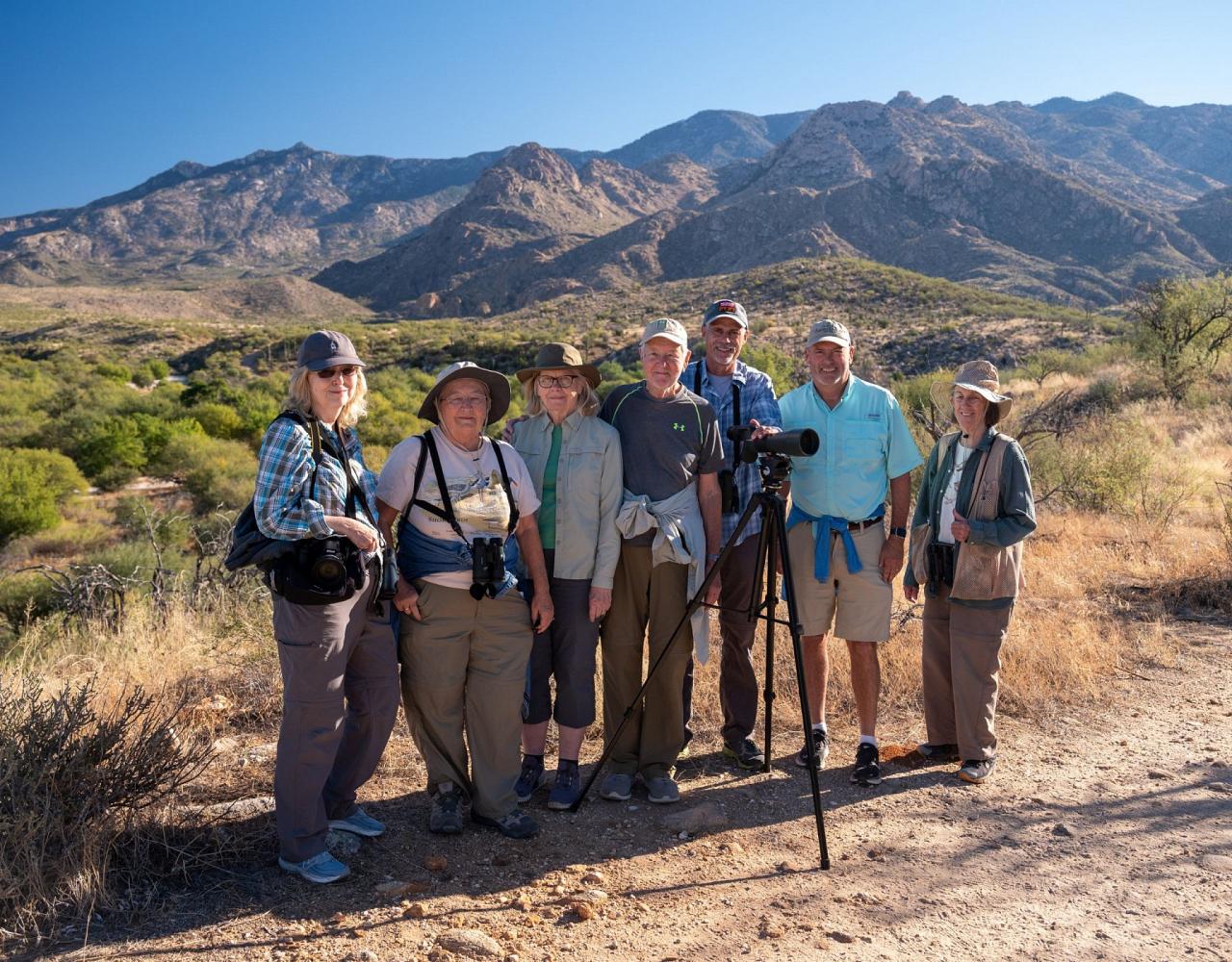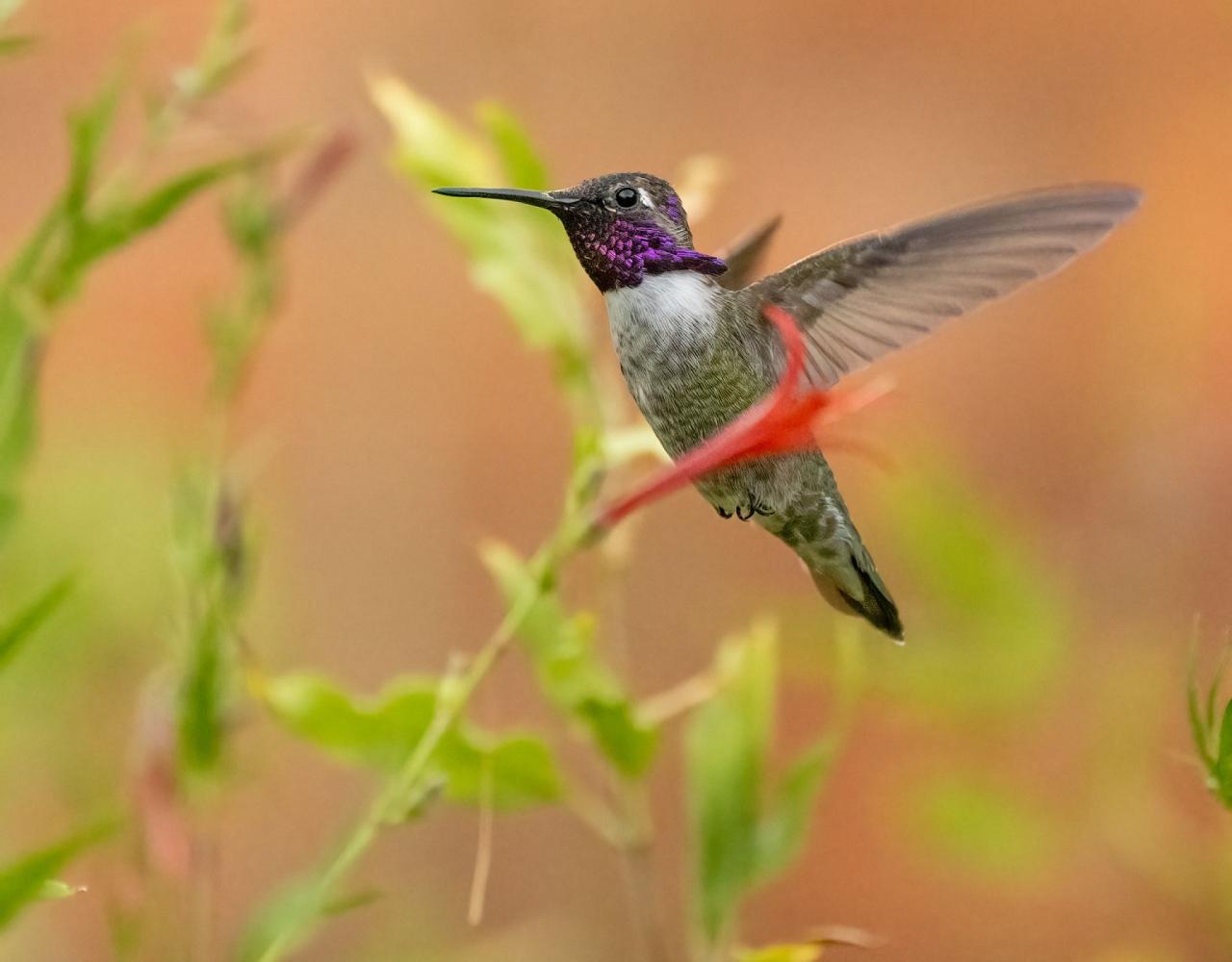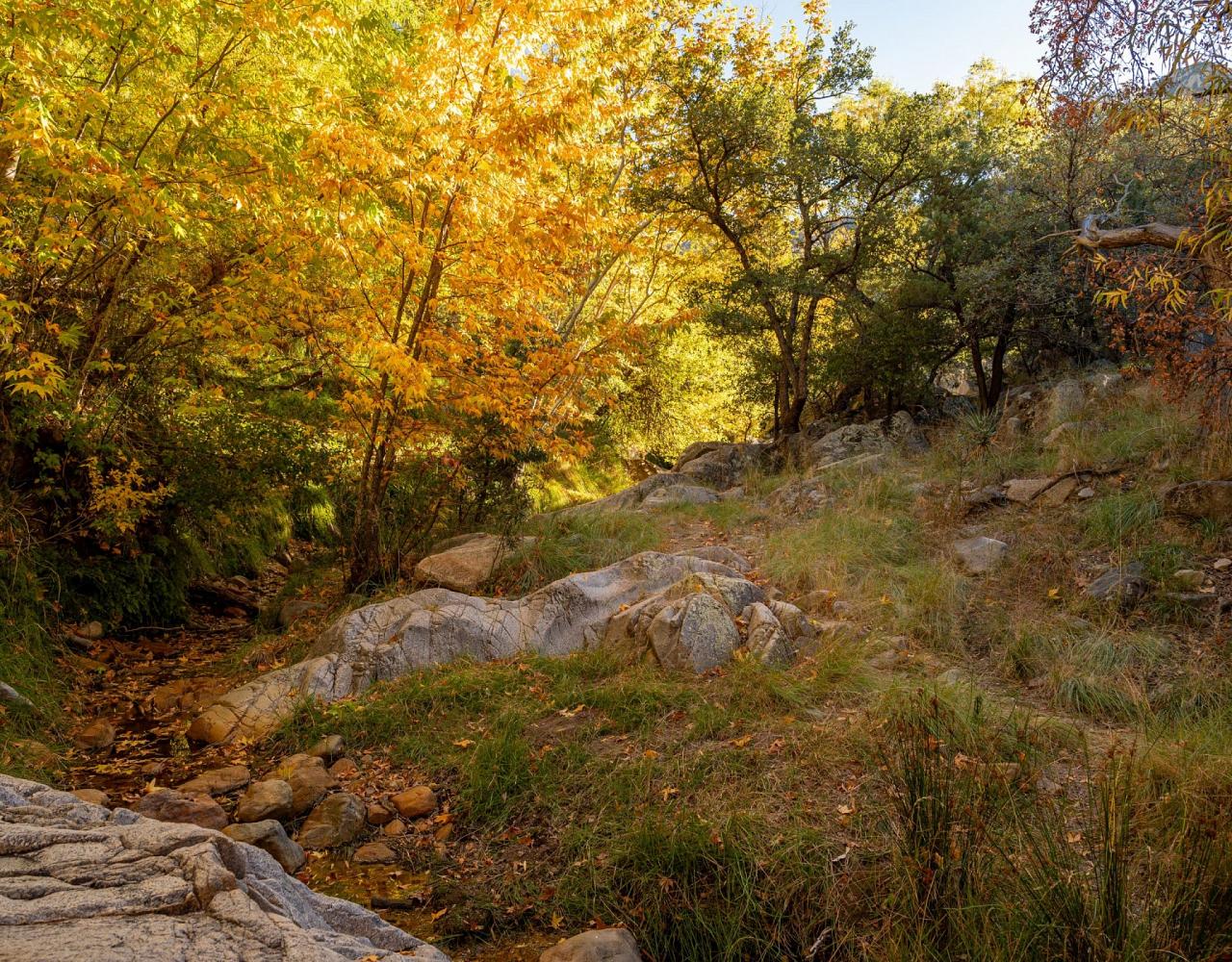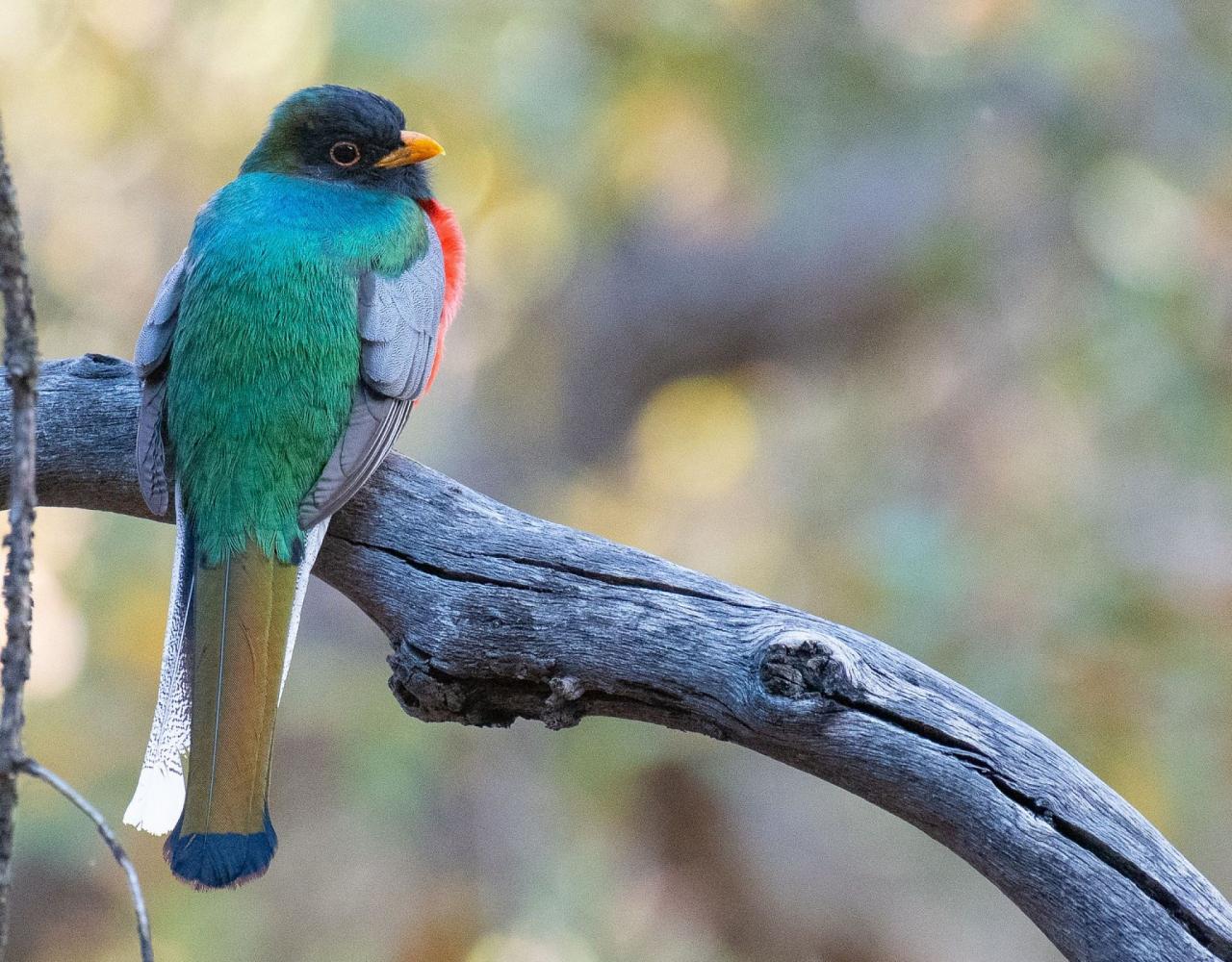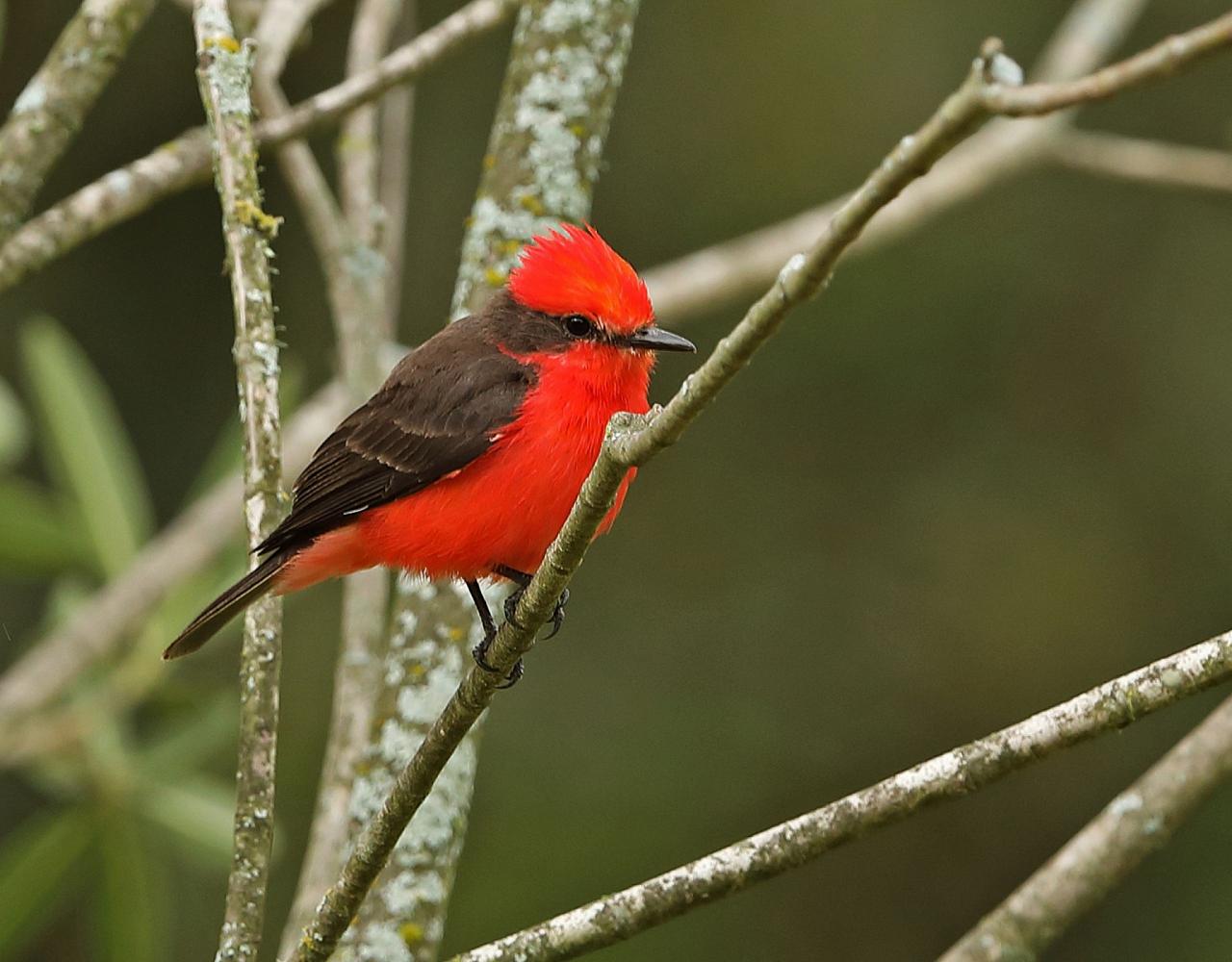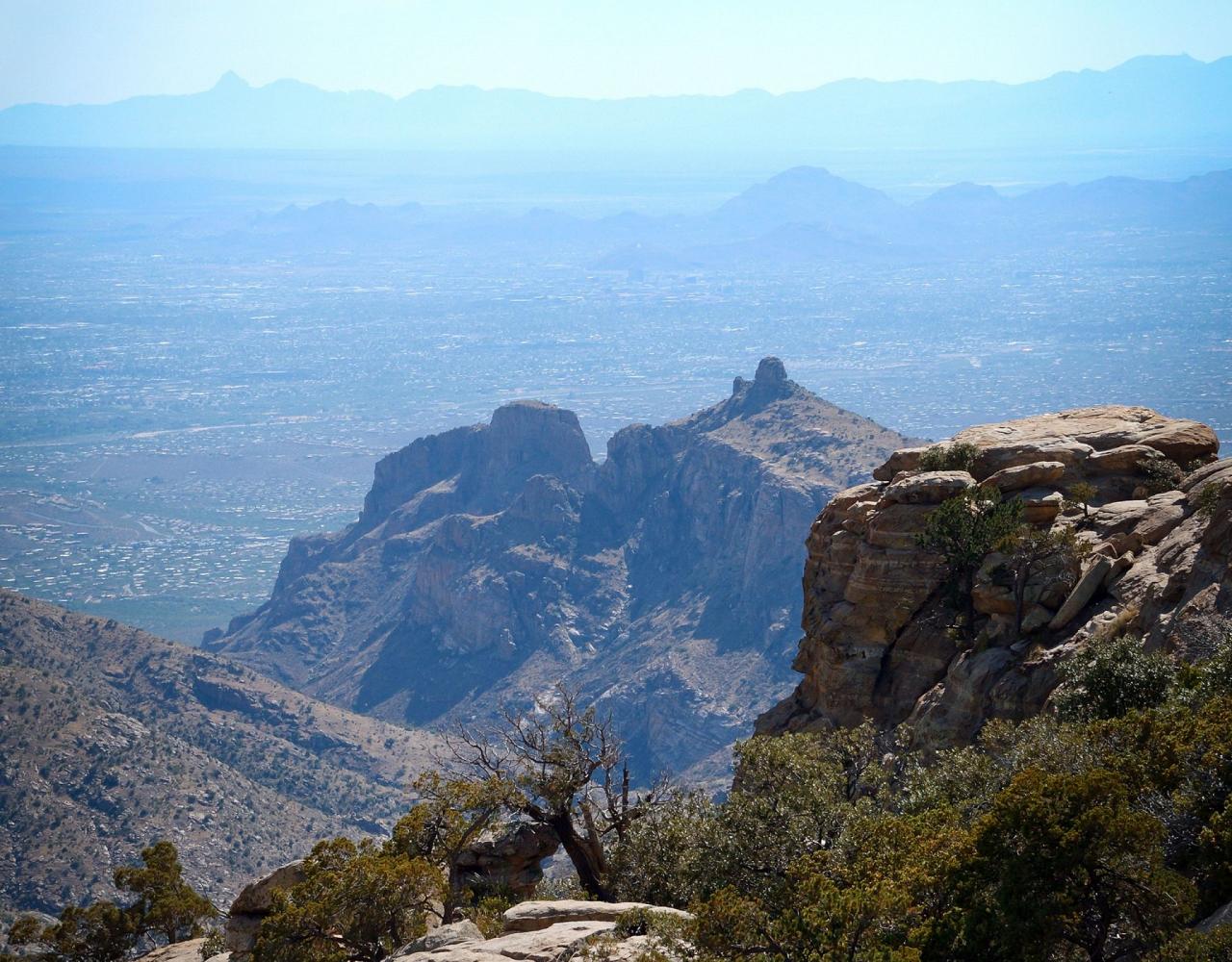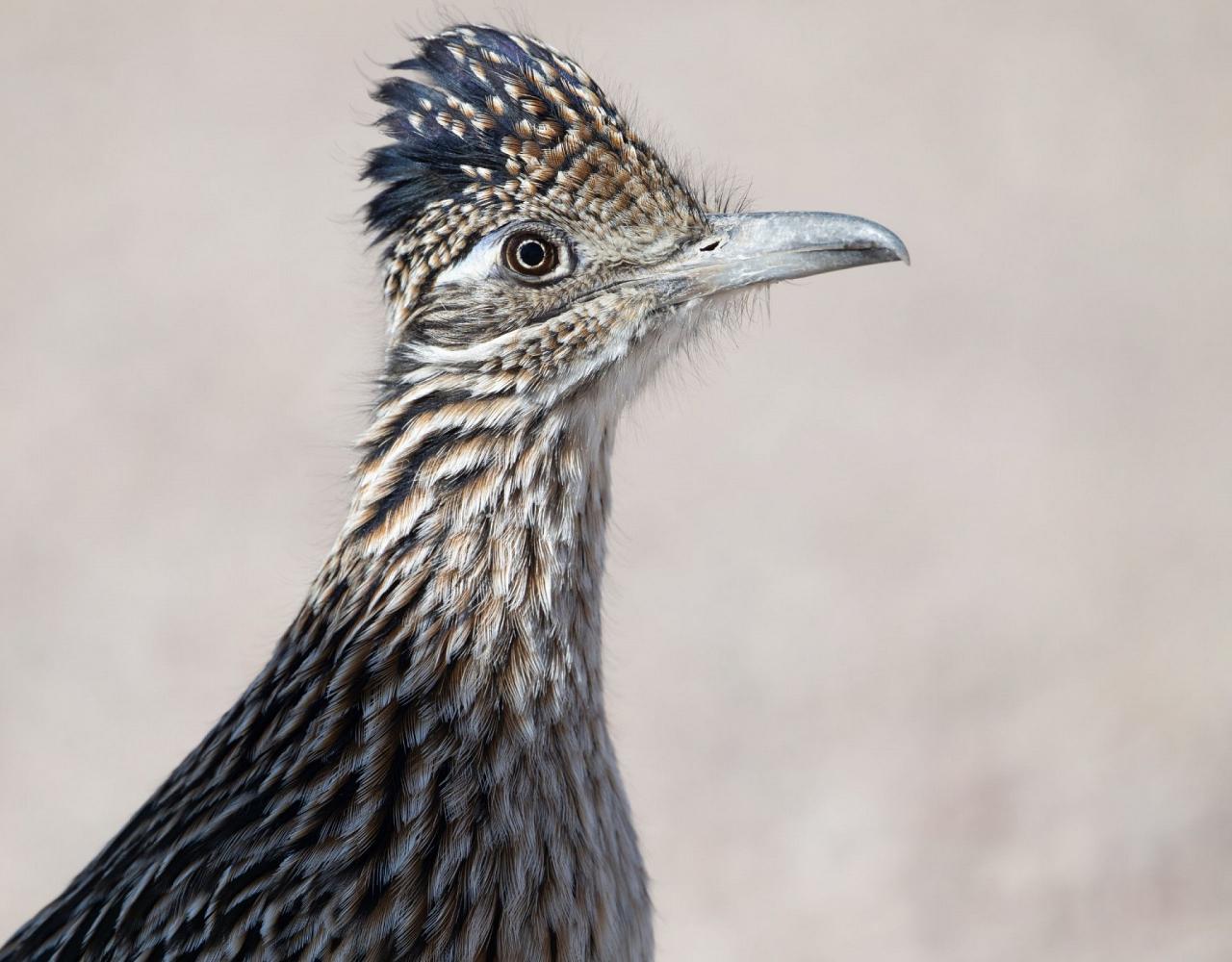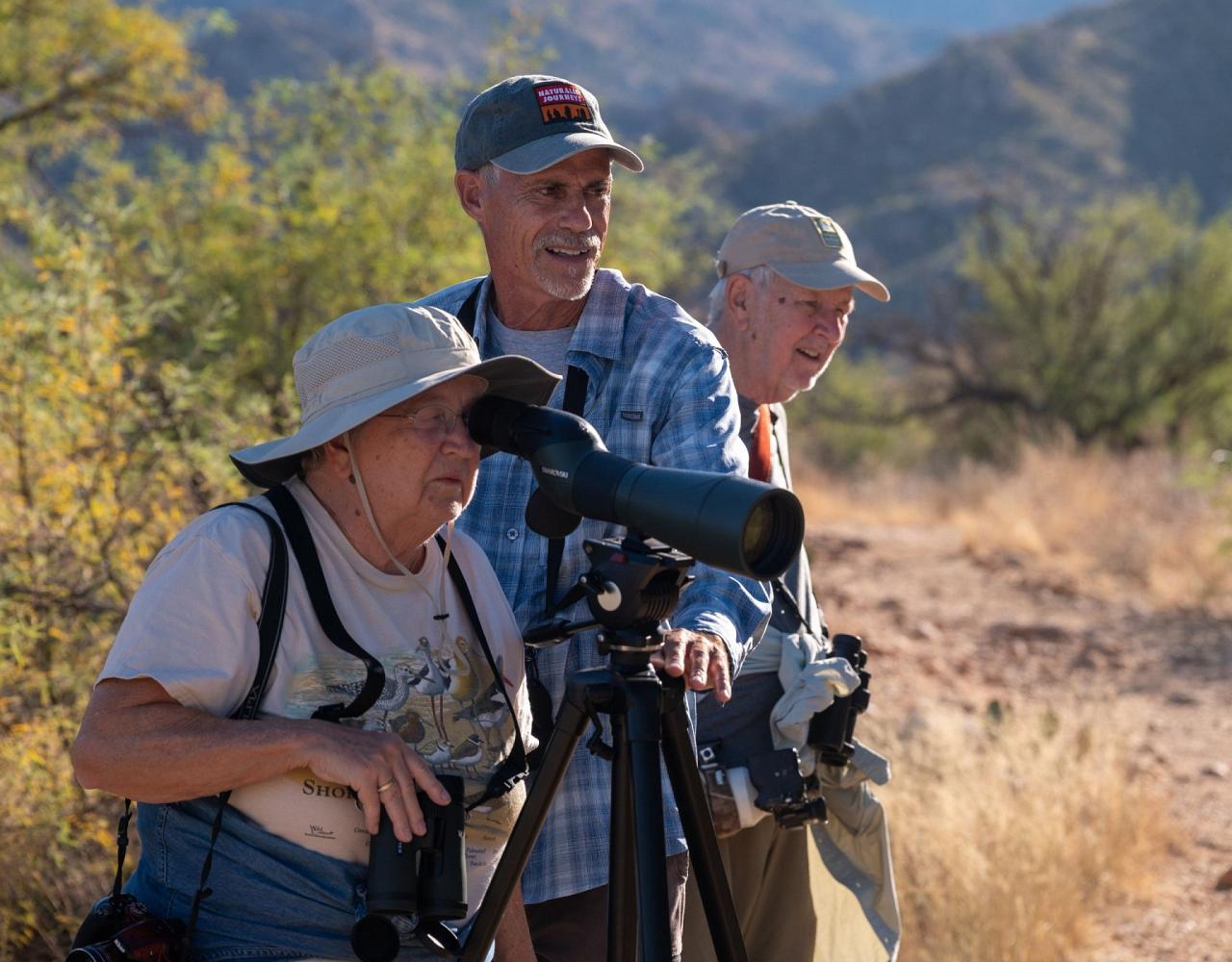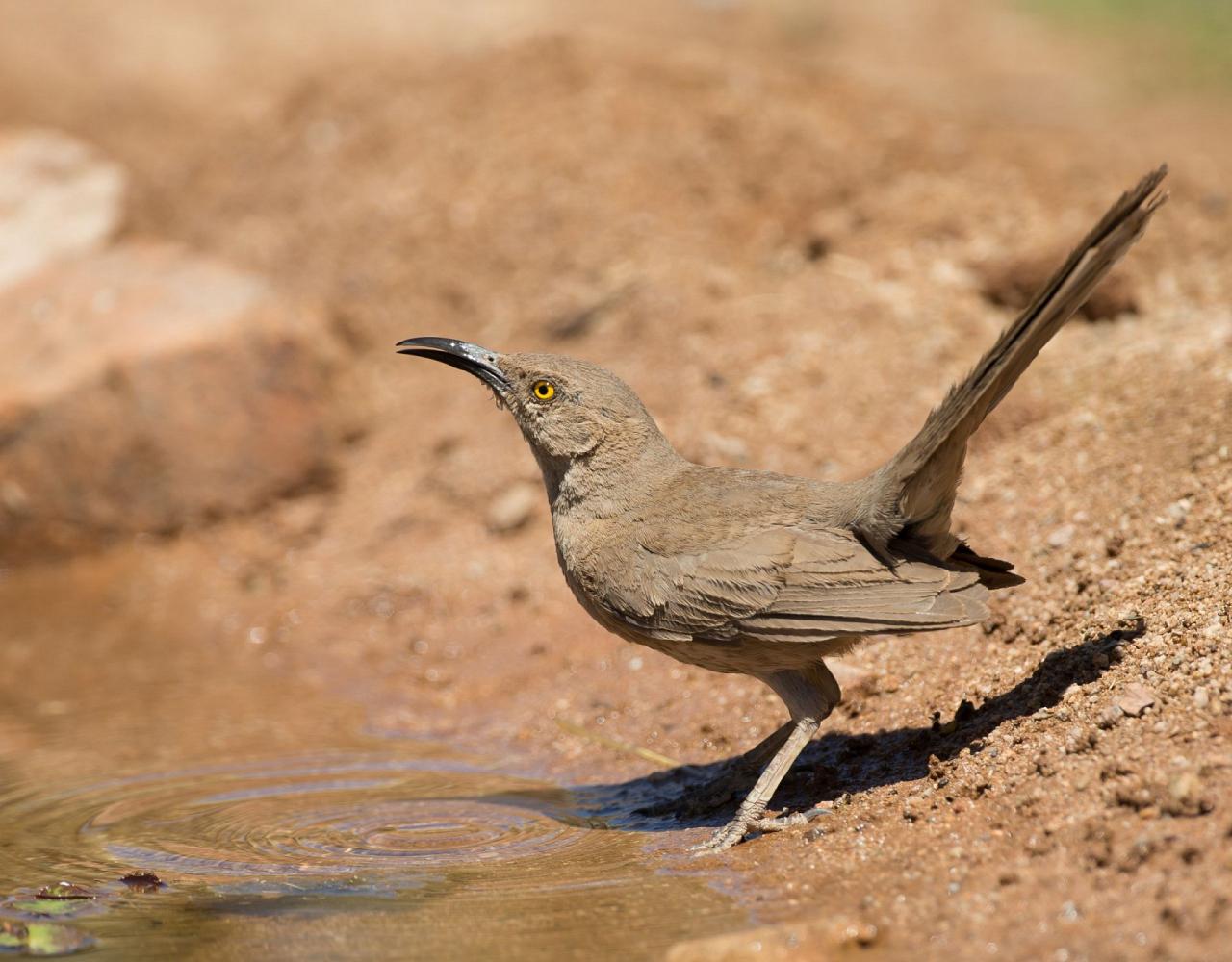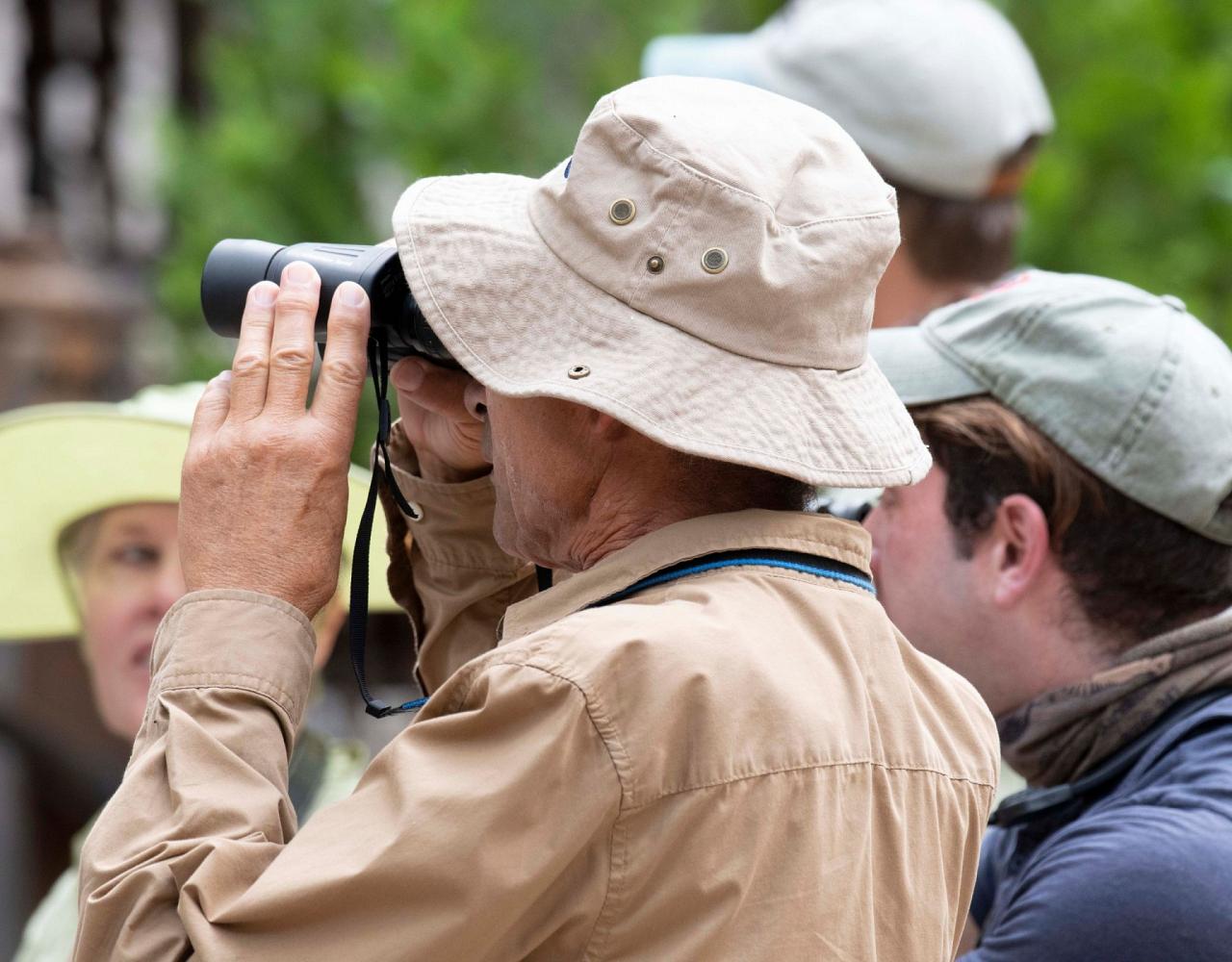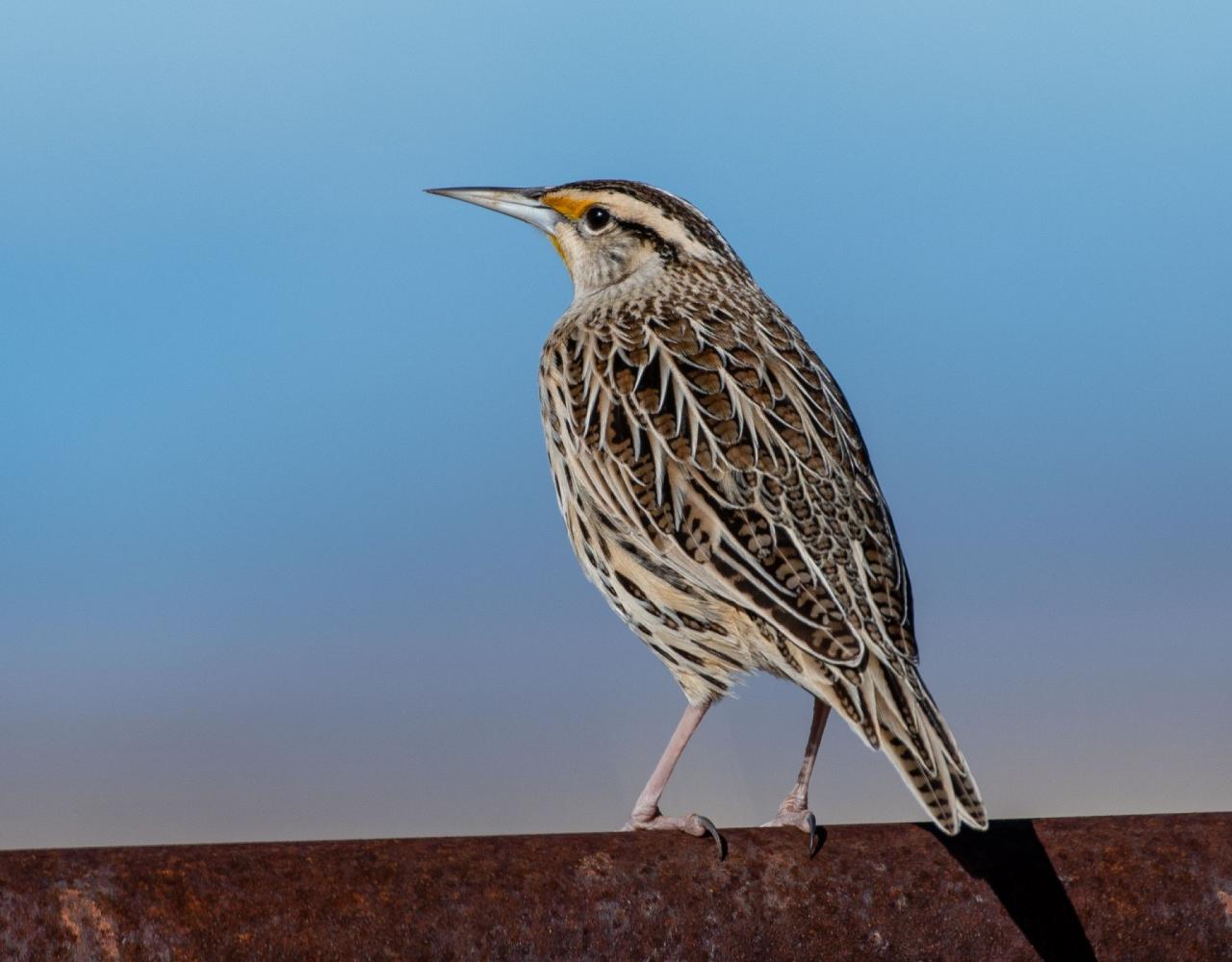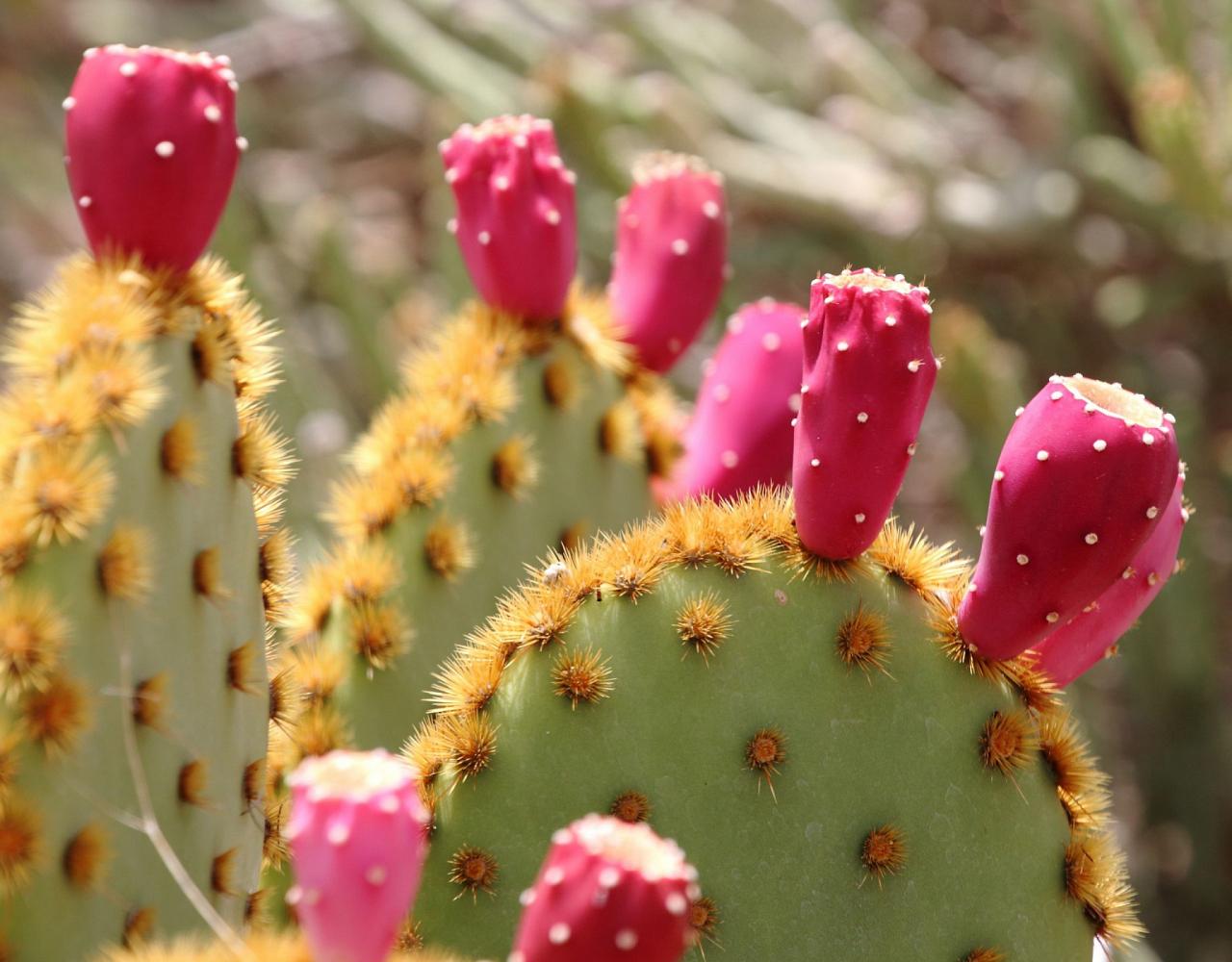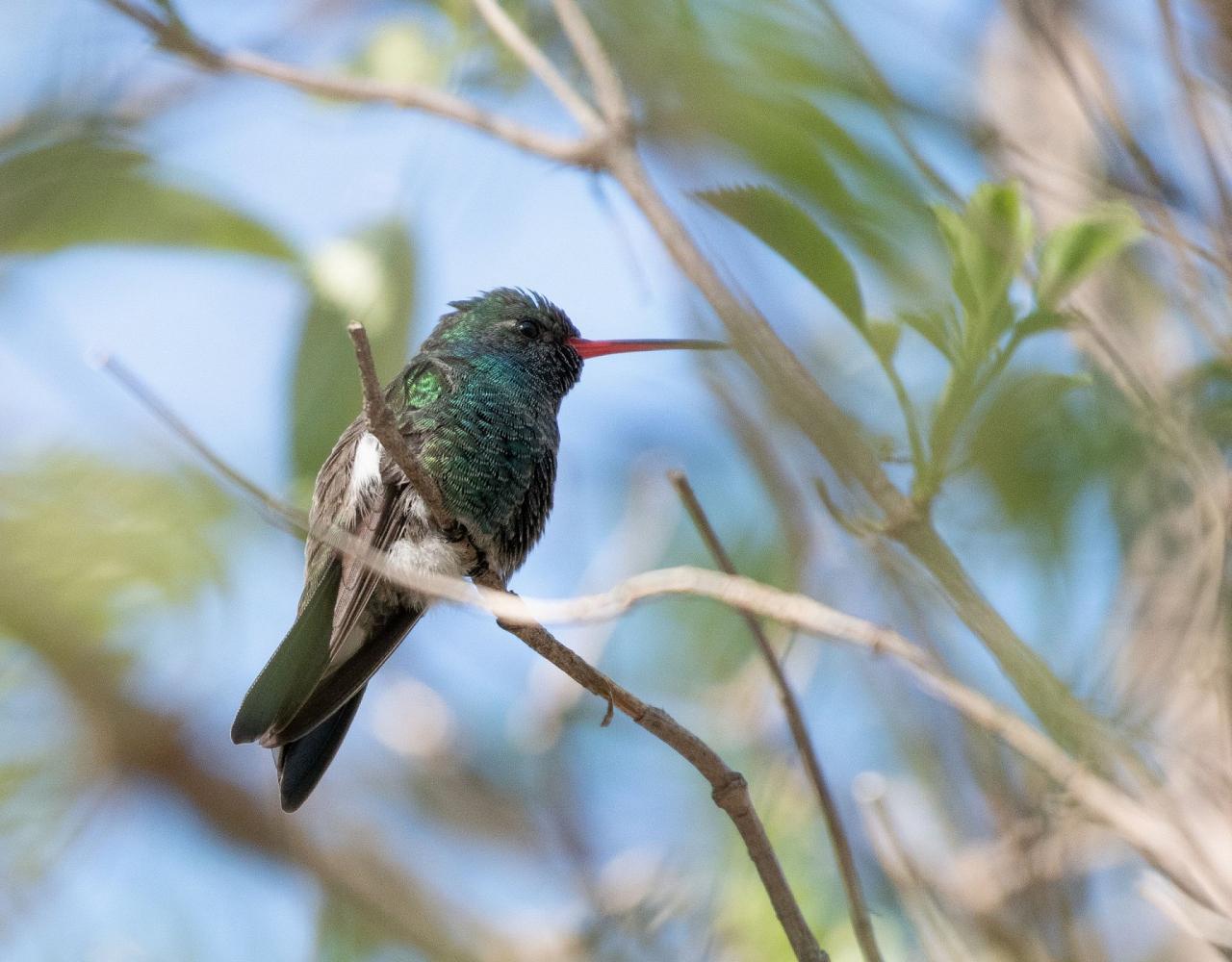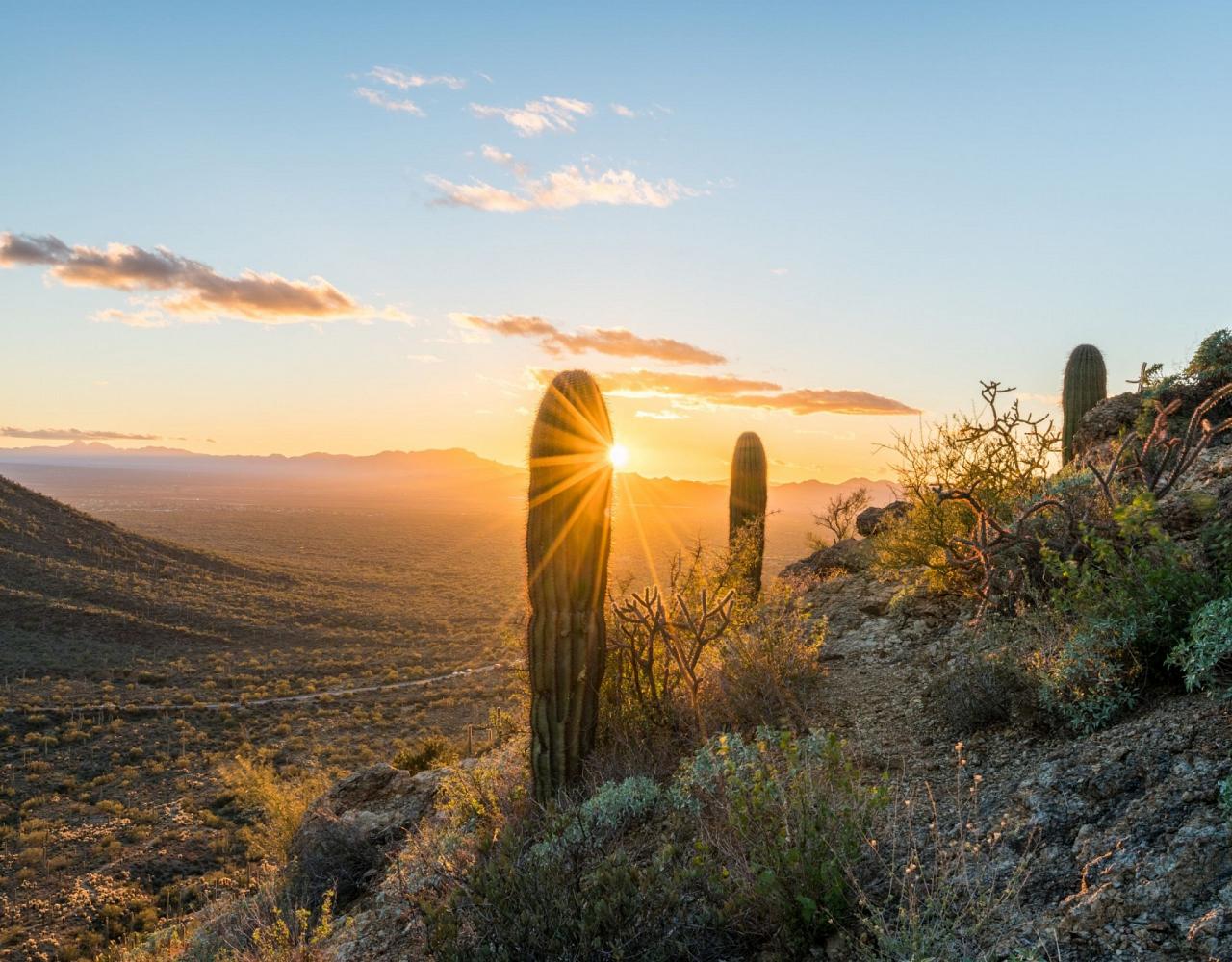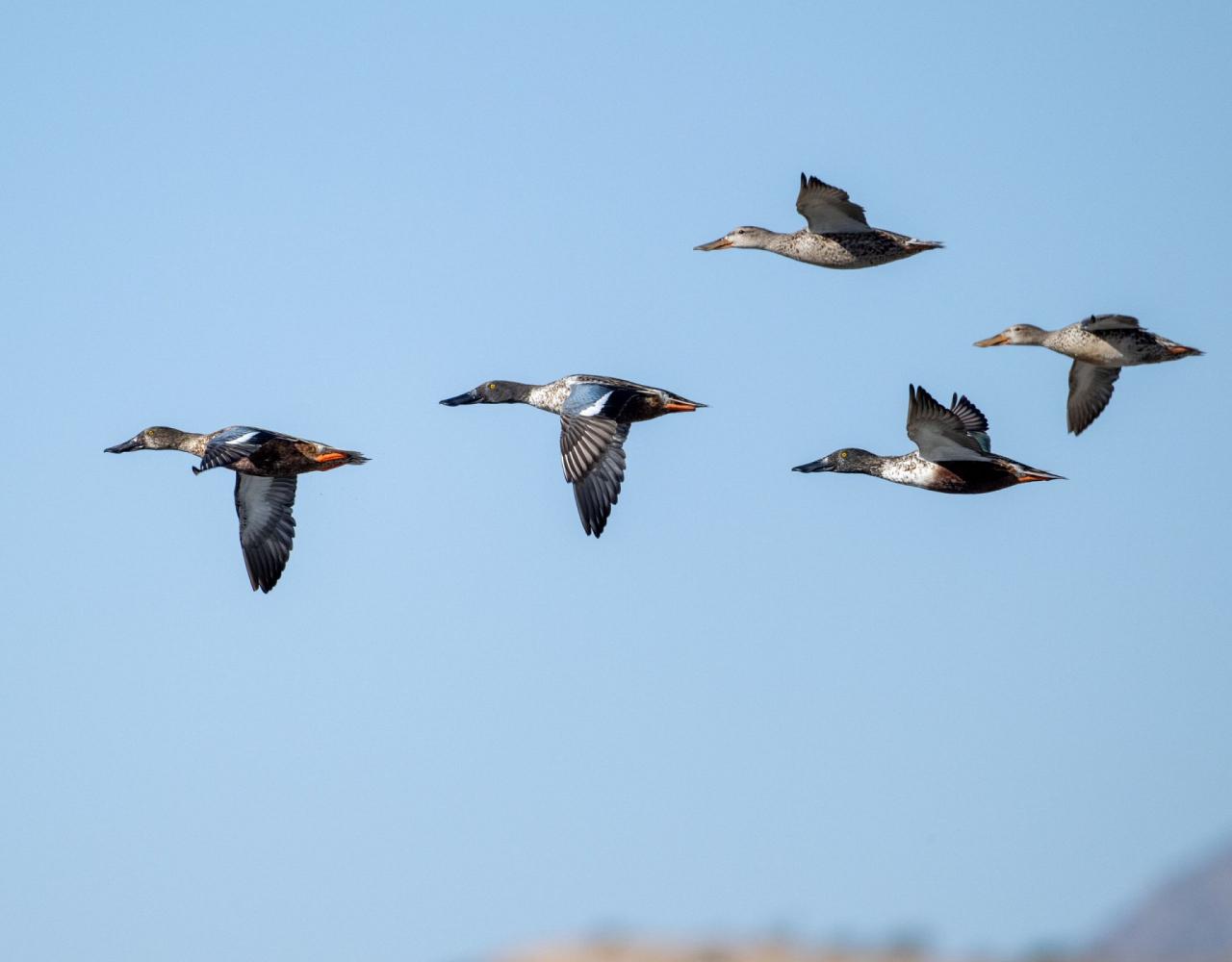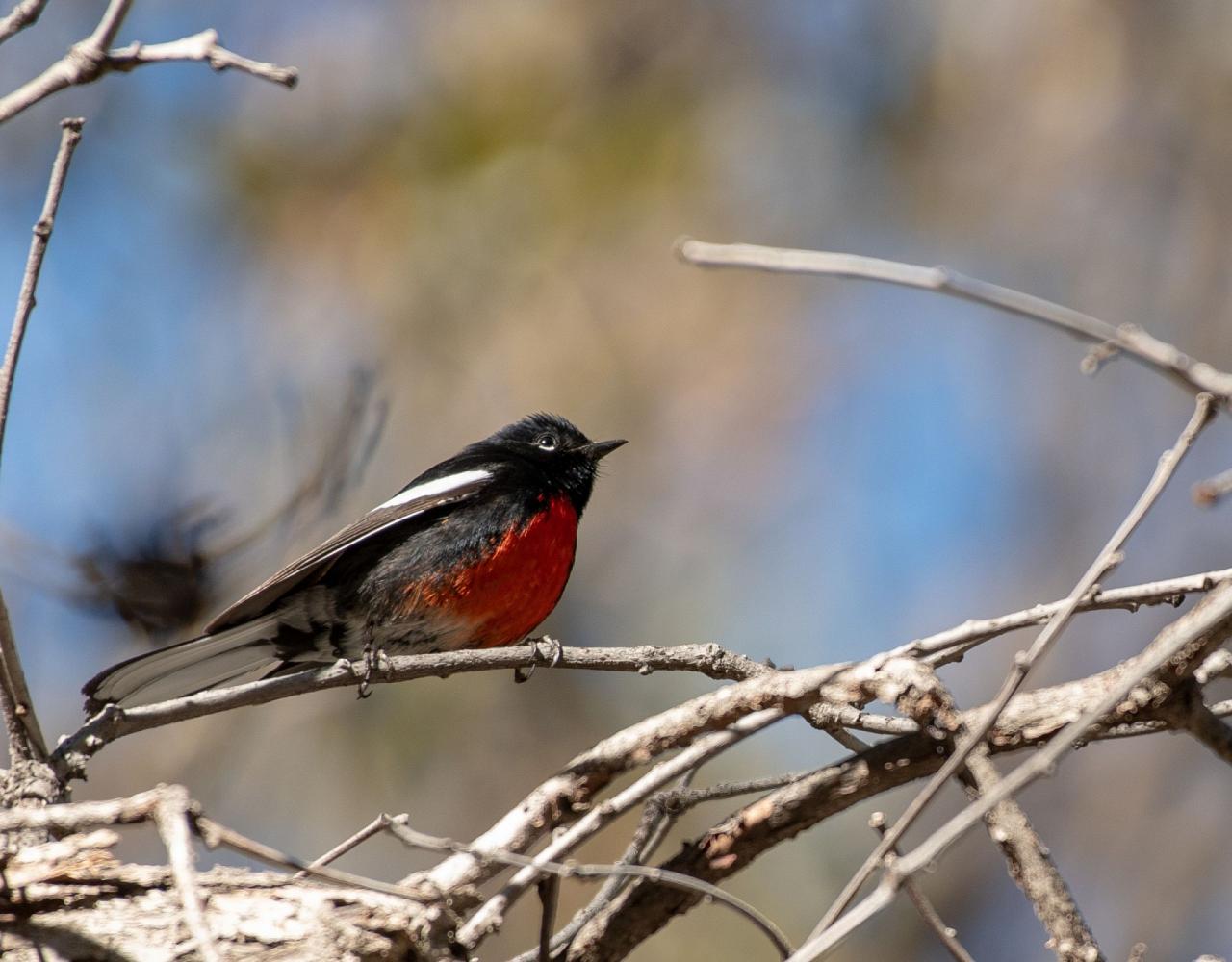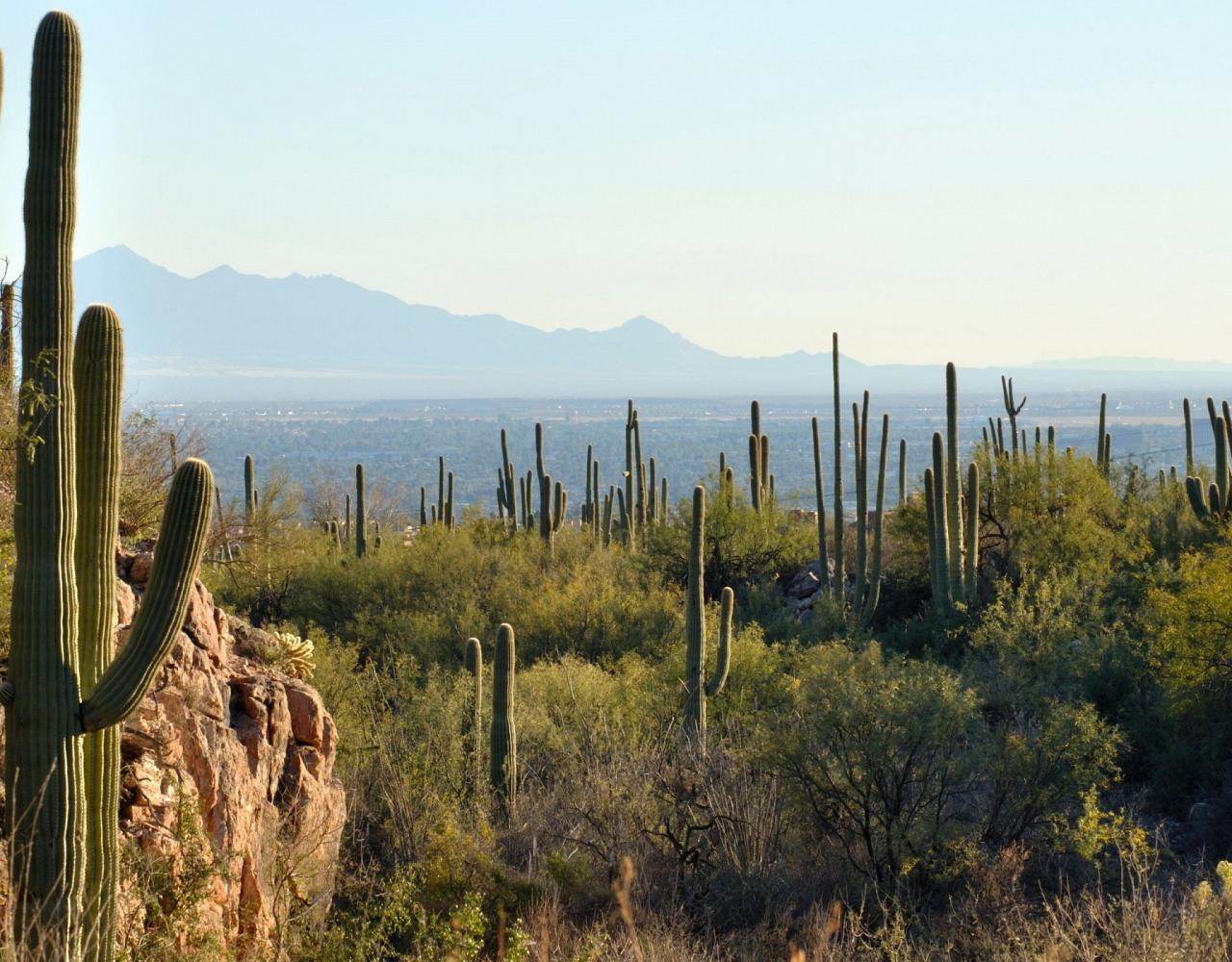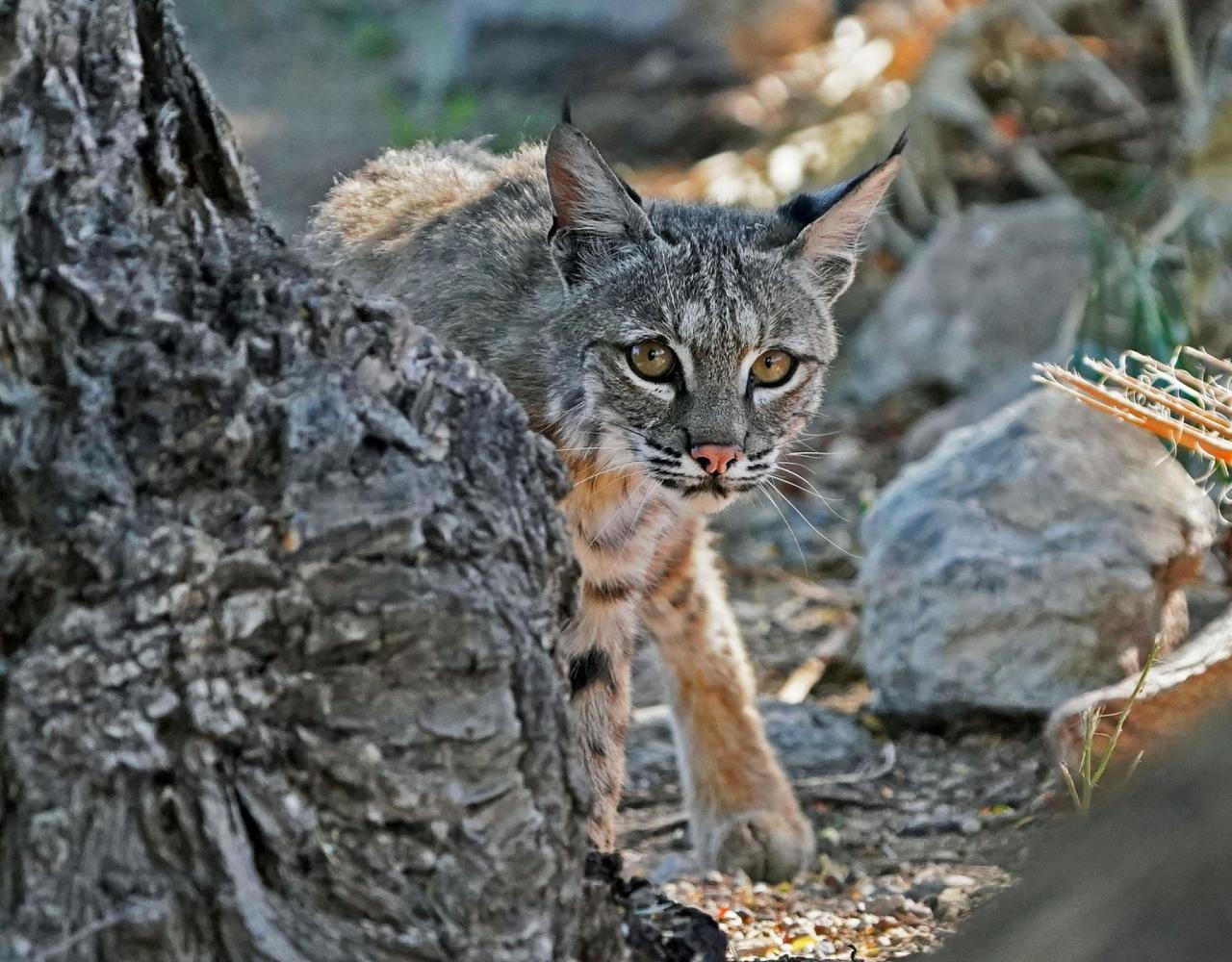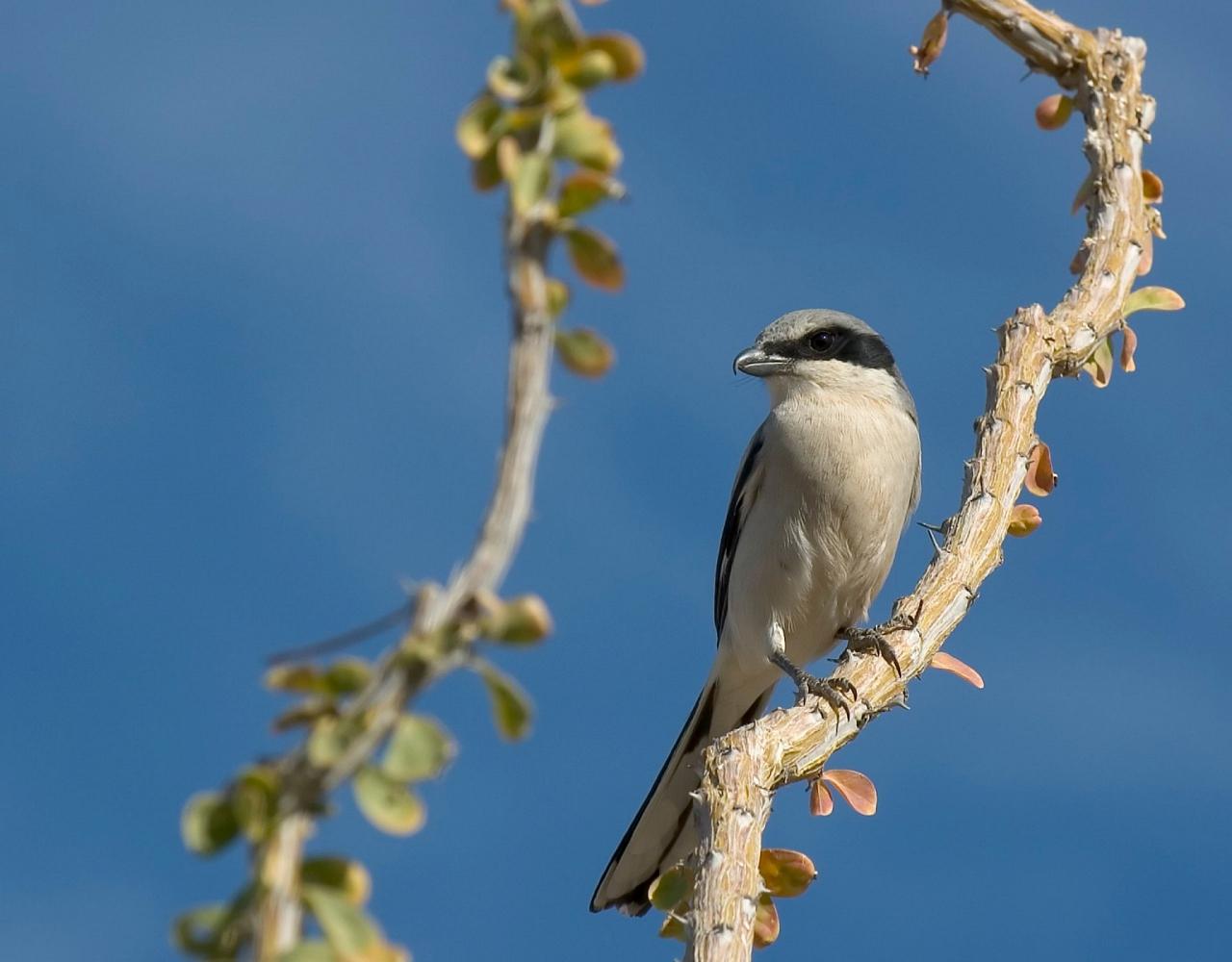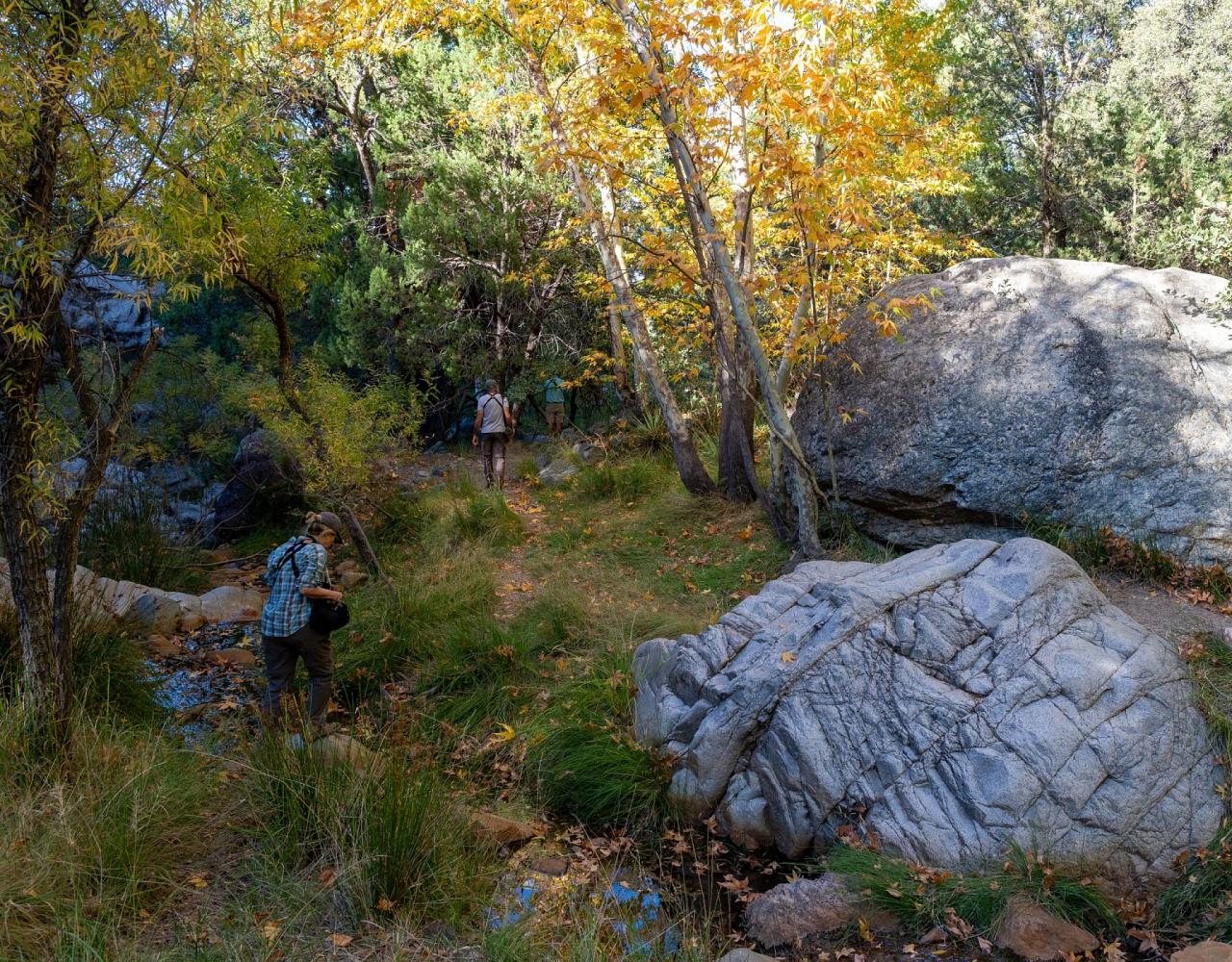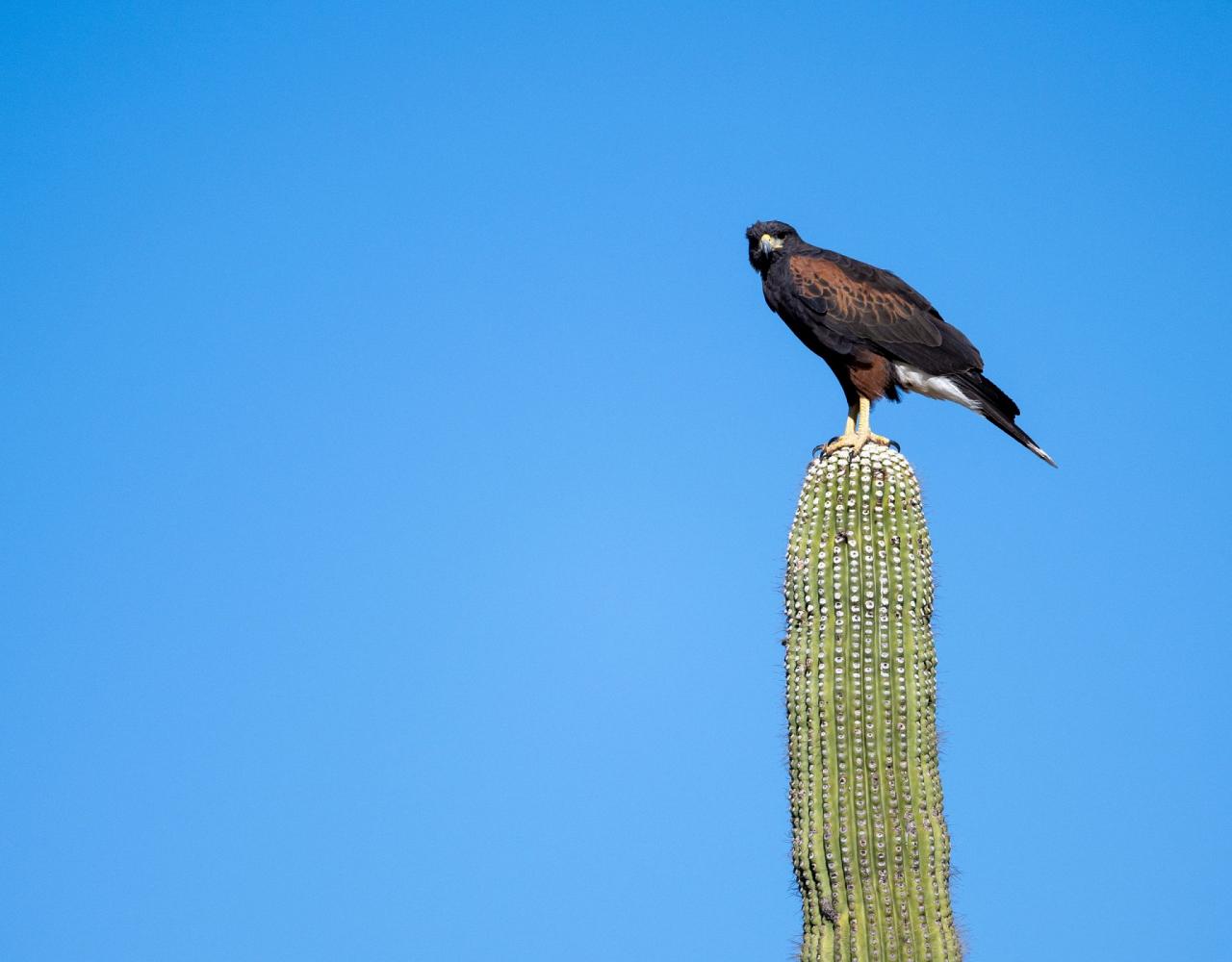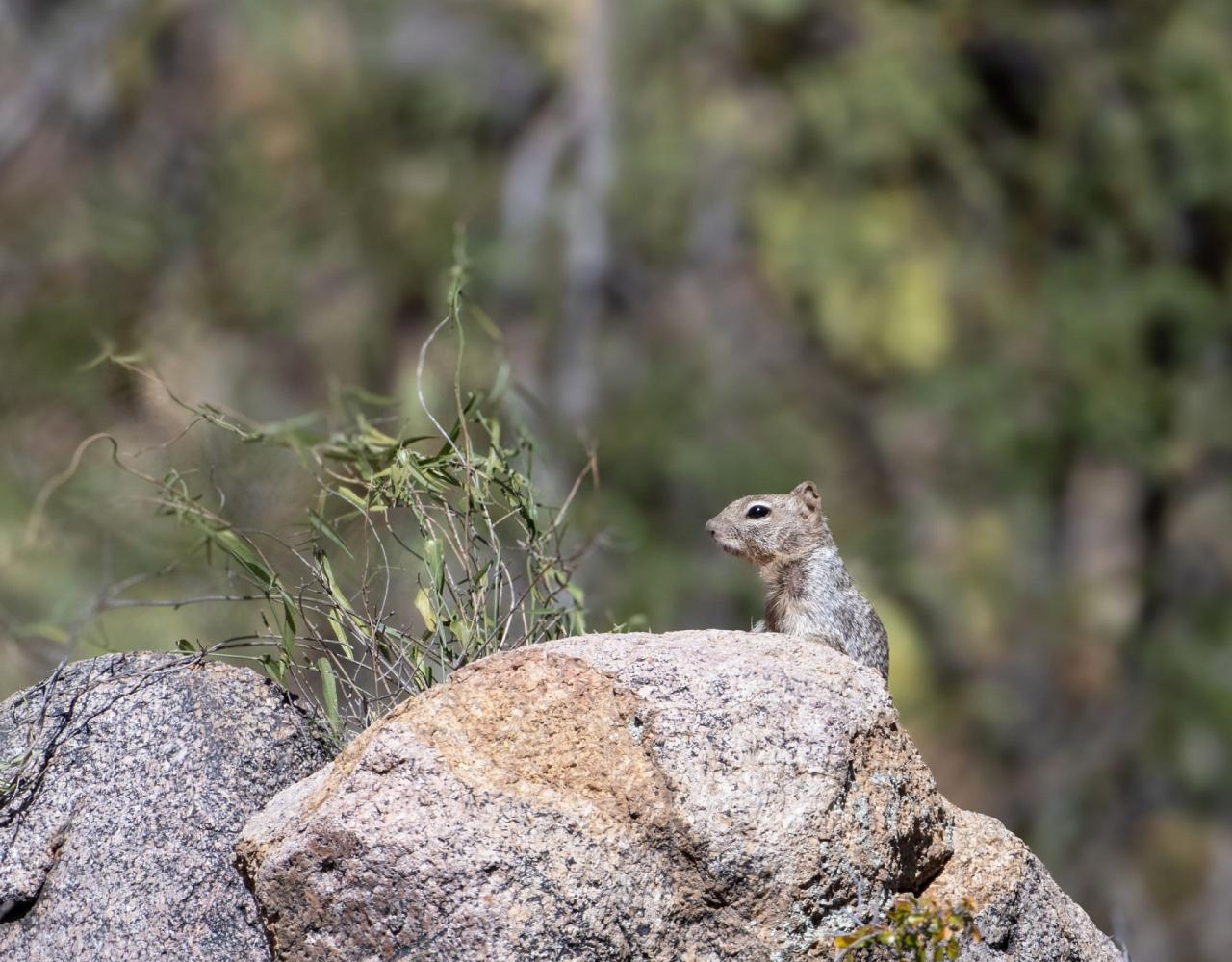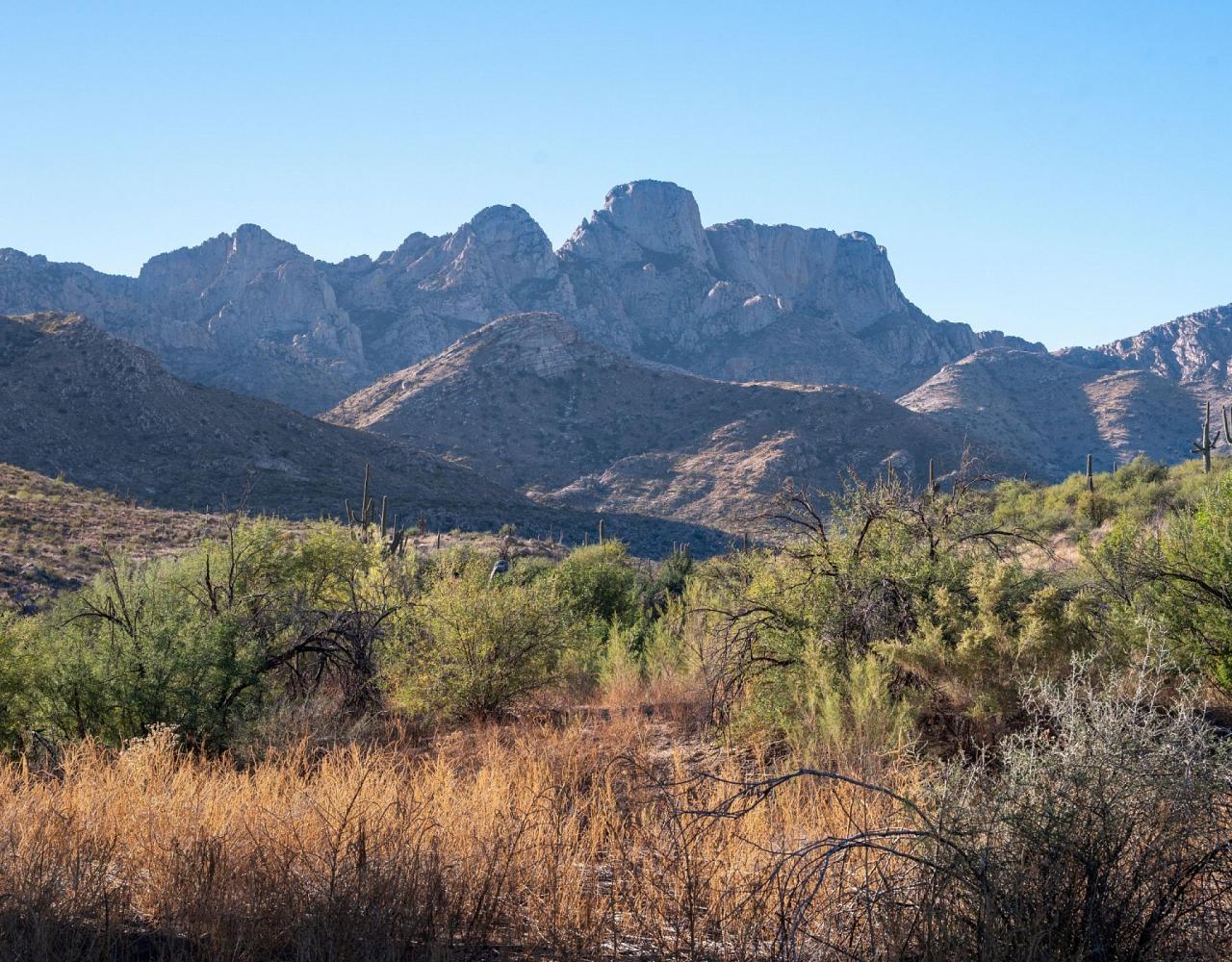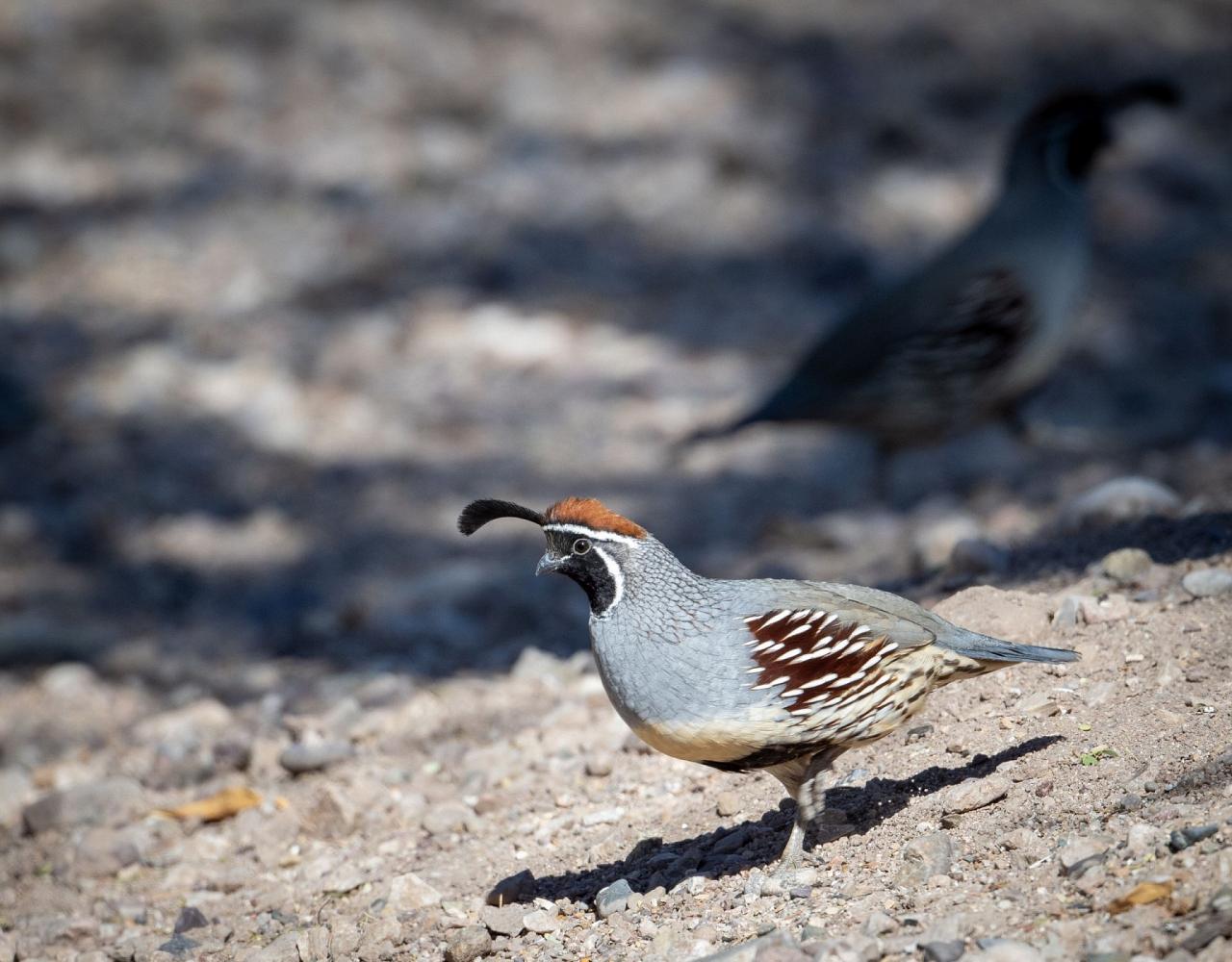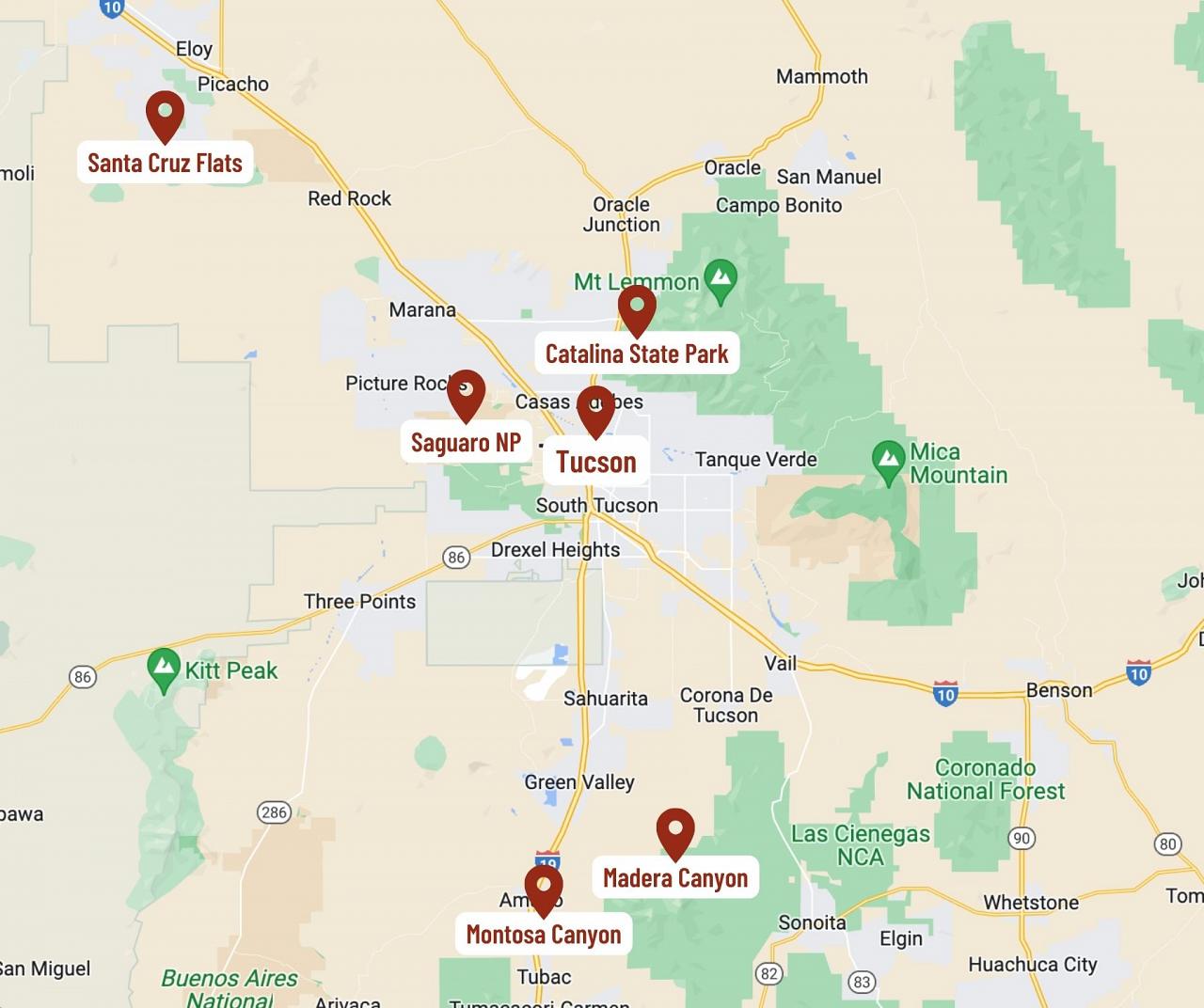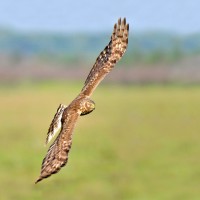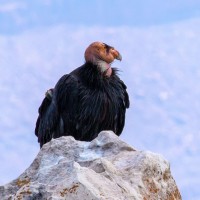- Overview
- Full Itinerary
- Photo Gallery
- Costing
- Travel Details
- Trip Reports
- Guides
- Map
- Know Before You Go
- Other Trips You May Like
Designed to pair with our Arizona Fall Sky Island Sampler. Join us in November for an Arizona birding and nature tour, a gorgeous time to explore Arizona’s saguaro deserts. Temperatures are typically perfect and light is ideal for photography. Birds abound as wintering species arrive to join residents such as Greater Roadrunner, Vermilion Flycatcher, Verdin, Gambel’s Quail, Pyrrhuloxia, and Phainopepla. Every year rarities occur in Tucson’s tree-lined parks or outlying pecan groves where in many years Lewis’ Woodpecker can be found.
This Arizona birding tour starts and ends in Tucson, a delightful, multicultural city recognized for its local cuisine. Indulge in warm desert days among saguaros as we walk trails in Saguaro National and Catalina State Parks with fine views of the surrounding Sky Island Mountain ranges. Visit desert botanical gardens that hummingbirds frequent and the famed Sonoran Desert Museum. Northwest of the city, visit Santa Cruz Flats, where big agricultural fields create a winter birding hotspot with habitats ranging from turf farms to ponds and fields. We search for Yellow-headed Blackbird, Ferruginous Hawk, and Crested Caracara. One section of the flats is a reliable spot to find three species of thrashers: Curve-billed, Bendire’s, and with some luck, Le Conte’s.
Enjoy three nights in Tucson on this Southeast Arizona birding tour followed by two nights along the Santa Cruz River south of the city in view of the Santa Rita Mountains. At Madera and Montosa Canyons, Elegant Trogon may overwinter, feeding on fruits and on warm days, large insects. Trails near the artisan town of Tubac are ideal for natural history exploring. This tour make a nice short getaway, or pairs perfectly with our Arizona Fall Sampler that ventures to Patagonia, the Huachuca Mountains near Sierra Vista, the San Pedro River, and Sulphur Springs Valley.
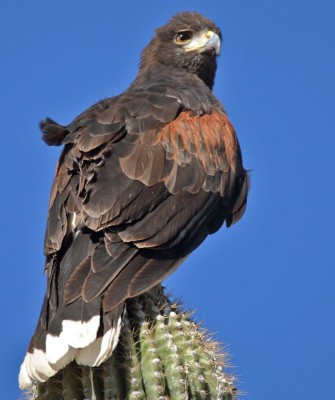

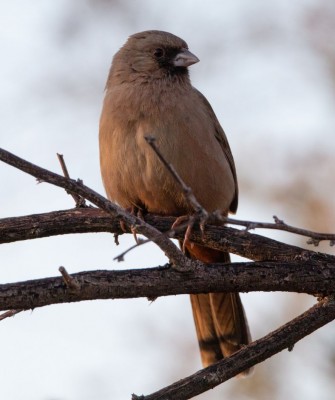
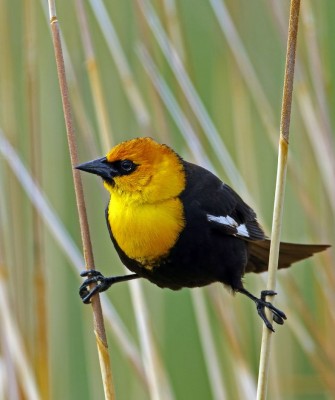
Tour Highlights
- Explore stunning Saguaro National Park, where, on quiet roads and trails through dramatic cactus forests, we seek out Gilded Flicker, Gila Woodpecker, Gambel’s Quail, Harris’s Hawk, and other desert-associated species
- Learn about the geology and biodiversity of the saguaro desert while soaking in some southwestern sunshine
- Tally sightings of raptors, hummingbirds, wintering sparrows, and longspurs and desert mammals such as Javelina and Black-tailed Jackrabbit
- Dine in fun, local restaurants that feature a mix of borderland and bistro-style international cuisine
- Enjoy photography—our guides lend tips as we travel and site various birds and wildlife
- Seek out that elusive Le Conte’s Thrasher!
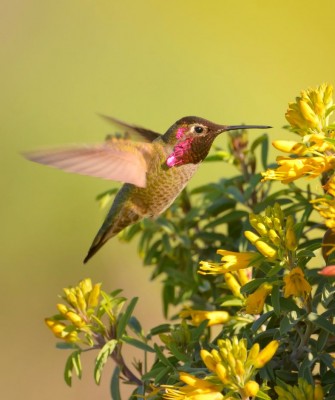


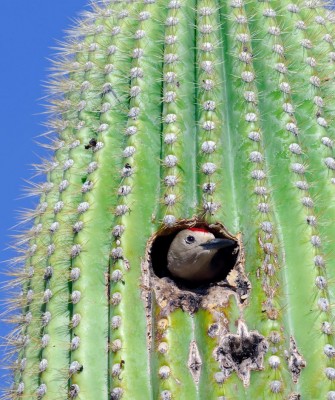
Trip Itinerary
Itineraries are guidelines; variations in itinerary may occur to account for weather, road conditions, closures, etc. and to maximize your experience.
Mon., Nov. 10 Arrive in Tucson | Arizona-Sonoran Desert Museum | Local Cuisine
Tucson is surrounded by picturesque mountains. After a mid-day meet-up at the airport, we wind through them to visit the world renowned Arizona-Sonoran Desert Museum, a wonderful introduction to the rich natural history of the area. Its aviary lets you see species up close and personal, and mammals are displayed in open-air habitat zones with plants of the region. Wild species, such as Costa’s and Anna’s Hummingbird, are attracted to the lush vegetation, so have your binoculars handy! There should be shrubs still in bloom and butterflies feeding at them as well.
Following our visit to the museum, we take a scenic drive to our hotel over Gate’s Pass to check into our lodgings in the center of Tucson and enjoy dinner at a nearby favorite local restaurant.
Accommodations at Lodge on the Desert (D)
Tues., Nov. 11 Catalina State Park | Tohono Chul Park | EL Rio Preserve
We start the morning off with breakfast at a local favorite, then it's off to indulge in another immersion into the Saguaro Cactus forests so unique to this area. Catalina State Park has some lovely trails, and brushy habitat prized by Rufous-winged Sparrow. Views of the Catalina Mountains are stunning here.
After a morning at the base of Mount Lemmon, we head over to a delightful botanical garden not far away. Tohono Chul has an excellent café where we enjoy lunch with the hummingbirds and a walk to see what plants are still in bloom, and the birds and butterflies attracted to them. Tohono Chul boasts thousands of native and native-adapted plants on their grounds.
Once leaving Tohono Chul Park we will work our way along the Santa Cruz River, to a newly formed spot, quickly turning into a favorite among wintering waterfowl, El Rio Preserve. In just a few short years this new park has quickly become a favorite wintering spot for many ducks, including Mexican Duck and Cinnamon Teal. After a stop at El Rio, time permitting, we take a drive through the agriculture fields of Marana to look for Burrowing Owl, Ferruginous Hawk, and other frequenters to the farm fields
Freshen up at the hotel, then enjoy dinner at another favorite local restaurant.
Accommodations at Lodge on the Desert (B,L,D)
Wed., Nov. 12 Sweetwater Wetlands | Saguaro NP West| Tucson Local Parks
Sweetwater Wetlands, one of Tucson’s many birding hotspots, will be first on the docket after breakfast on our second full day. Harris’s Hawk rest in tall eucalyptus trees, while Song Sparrow and Abert’s Towhee hide in thick stands of salt brush. Ducks float past cattails and willows as Red-winged, Yellow-headed, and Brewer’s Blackbird are on the wing. One year, we had a surprise glimpse of a Bobcat on the prowl! This wetlands is a true treasure in the heart of Tucson and 4th on the list of hotspots with the most species in Arizona!
After a nice morning at Sweetwater Wetlands we make our way out west to Saguaro National Park, a 90,000-acre wilderness preserve teeming with desert life. The park is home to Vermilion Flycatcher, Gilded Flicker, Gila Woodpecker, Rufous-winged and Black-throated Sparrow, Curve-billed Thrasher, and a host of other species. Greater Roadrunner may zip past us, chasing lizards! After a couple of short walks and an informative drive, we leave the park on its southern side.
Returning to Tucson for a nice evening stroll before dinner at a wonderful park near the hotel. Reid Park, an area of 131 acres, the foundation of which was laid in 1925, is another local favorite, and one of the best places in town to photograph Vermilion Flycatchers; these park birds love the open grassfields of the park.
Accommodations at Lodge on the Desert (B,L,D)
Thurs., Nov. 13 San Xavier del Bac | Madera Canyon
Today is a small travel day starting with breakfast at another local favorite before we make a stop at the beautiful San Xavier del Bac mission church for photos and to learn about the Tohono O’odham people. A National Historic Landmark, completed in 1797, San Xavier Mission has been a stopover for humans traveling the Santa Cruz Corridor for centuries.
Weather pending, we have a picnic, or a local restaurant lunch, then spend the afternoon in Madera Canyon’s oak-pine woodland and the grasslands that surround it. Scenery is dramatic here, and birding can be excellent. Madera Canyon, one of the most famous birding areas in the United States, is a north-facing valley in the Santa Rita Mountains with riparian woodlands along an intermittent stream, bordered by mesquite, juniper-oak woodlands, and pine forests. Madera Canyon is home to over 250 species of birds and, in berry years, a good spot to find wintering Elegant Trogon and possibly wintering Painted Redstart. Arizona Gray Squirrel can be found here, and Black-tailed Jackrabbit occur in the grasslands surrounding the peaks. Acorn Woodpecker call from their food-storage trees and Arizona Woodpecker may visit local feeders to join the array of hummingbirds. We may also see Common Bushtit and Hutton’s Vireo, and we’ll certainly see Mexican Jay. Depending on what we find here, we may also venture along Proctor Road, another productive birding hotspot.
In the afternoon we settle into our lodgings and enjoy dinner at the nearby favorite.
Accommodations at Canoa Ranch Resort & Spa (B,L,D)
Fri., Nov. 14 Montosa Canyon | Tubac | Tumacacori | Local Hotspots
The corridor south of Tucson is legendary for winter birding, with much of it centered on the Santa Cruz River. A trail connects the artisan village of Tubac to the historic site of Tumacacori National Monument, and birding can be excellent here. Montosa Canyon is good for a variety of species and known as a favorite wintering location for Elegant Trogon that do not migrate south.
We visit Montosa in the morning, then walk along the Santa Cruz River in a couple of different spots to make the most of our day. We network with other guides to know the latest sightings and have a fun and full day.
Dinner is at a favorite restaurant in Tubac.
Accommodations at Canoa Ranch Resort & Spa (B,L,D)
Sat., Nov. 15 Paton Center | Patagonia
Our first stop is a treat–Patagonia Lake–the #1 birding hotspot in Arizona. Nowhere in the state has recorded more species than Patagonia Lake. The Birding Trail will be a fantastic first stop on this exciting day. Black-capped Gnatcatchers have been known to favor this area. Canyon and Green-tailed Towhees also like to frequent this trail full of towering cottonwood and ash trees. We will then spend some time scanning the lake for Western Grebes as we watch the Northern Pintails fly in.
Once we leave Patagonia Lake, the prime birding is not yet behind us. After lunch in the town of Patagonia, we visit the Tucson Audubon Society’s Paton Center for Hummingbirds. Formerly the home of the late Wally and Marion Paton, who invited visitors to their backyard feeders for decades, the property was purchased in 2015 by the Tucson Audubon Society to protect it for posterity. In addition to their usually reliable Violet-crowned Hummingbird, 210+ other species have been recorded onsite.
Leaving Paton Center is always one of the hardest things to do in birding; it's just such a special place and it's easy to find yourself wanting to just sit in the gardens until the sun is long gone. We will start to make our way back to Tubac so we can freshen up for our last dinner before the tour departs the next day.
Accommodations at Canoa Ranch Resort & Spa (B,L,D)
Sun., Nov. 16 Canoa Pond | Return to Tucson
Our flock disperses today. After breakfast, we pack up and head out to enjoy some local birding at a pond at Canoa Ranch, a birding spot on our route that can be quite productive. We then head to the airport, reaching there by 10:30 AM for flights out after NOON. (B)
Cost of the Journey
Cost of the Journey is per person, based on occupancy: $3390 DBL / $4370 SGL, from Tucson, AZ. The tour price includes airport transfers, 6 nights’ accommodation, ground transportation in vans, professional guide services, park and other entrance fees, and miscellaneous program expenses. The tour price does not include round-trip airfare to and from Tucson, personal expenses such as laundry, telephone, drinks from the bar, and gratuities for luggage handling or other services. Guide gratuities are at your discretion.
*Pair with our Arizona Fall Sky Island Sampler and save $200 per person.
Travel Details
Please plan to make air travel plans only after the minimum group size has been met. We will send you a confirmation email as soon as the trip has been confirmed.
Arrival and Departure Airport: Tucson International Airport (TUS)
Arrival Details: Please plan to arrive November 10, 2025 no later than 1:00 PM
Departure Details: Please plan November 16, 2025 flights to leave after 12:00 PM. We plan to arrive at the Tucson International Airport (TUS) by 10:30 AM. If you wish to extend your stay in Tucson, we have listed hotel recommendations below or plan accordingly on your own.
Travel Tip: If you want to arrive a day or two early or stay on after the tour, Tucson is a great city to explore. We visit many of the popular sites on our tour, but there are still plenty of things to see such as the Pima Air & Space Museum and Saguaro National Park East. The downtown area, which is close to the University of Arizona campus, offers many restaurants and shops. Downtown Tucson is about 8 miles from the airport and can be reached by a taxi, Uber/Lyft, or renting a car. You will need to return to the airport by 1 PM on November 10 if you are not staying at an airport hotel.
Hotel Recommendations: If you arrive early, you can book an early night at our first night tour hotel, the Lodge on the Desert (833) 257-8800. You will need to taxi or Uber there. If you want to relax and stay near the airport after arrival, we recommend Courtyard by Marriott Tucson Airport (520) 573-0000 and we can pick you up there on November 10. Does staying downtown and exploring the many shops and restaurants sound interesting? We would recommend: Home 2 Suites by Hilton (520) 274-7400 or The Leo Kent Hotel by Marriott (520) 549-5330.
Items of Note
Tour Notes & Pace
PACE: Moderate, with full days of birding and walks on quiet roads and trails. A typical walk is less than two miles and often we have a series of walks at different spots that are a half-mile each, several times a day. DINING: Casual, a mix of local restaurants and both restaurant and picnic lunches.
Browse below for trip reports and species lists from past versions of this and other tours from this destination.
Arizona
- May 2012
- March 2016
- January 2019
- November 2019
- January 2020
- May 2021
- November 2021
- January 2022
- February 2022
- May 2022
- November 2022
- January 2023
- February 2023 (Sweetheart Birding)
- February 2023
- May 2023
- February 2024
- April 2024
- May 2024
- November 2024
- January 2025
- March 2025 (Raptor Round Up)
- April 2025
- May 2025
Monsoon Madness
- August 2012
- August 2014
- August 2016
- August 2017
- August 2018
- August 2019
- July 2021
- August 2021
- July 2022
- August 2022
- August 2023
- August 2024
Sunshine & Saguaros
- November 2023
- January 2024
- November 2024
-
Troy Corman
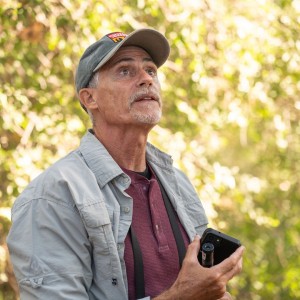
Troy has been an avid birder since high school. Raised in rural south-central Pennsylvania, he moved to Arizona in 1980 to pursue higher education and new adventures. For several years he conducted wildlife inventories on the upper San Pedro River for the Bureau of Land Management. He has worked for the nongame Branch of the Arizona Game and Fish Department since 1990, conducting surveys and coordinating projects for species of concern. He coordinated the Arizona Breeding Bird Atlas project from its inception. His passion for birds has taken him as far away as Peru and East Africa, and he plans to increase his world travels.
Photo credit: Hugh Simmons
Other trips with Troy Corman
-
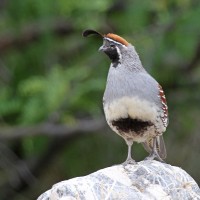 Arizona: Sky Island Winter Birding BlitzJanuary 17 - 23, 2026
Arizona: Sky Island Winter Birding BlitzJanuary 17 - 23, 2026 -
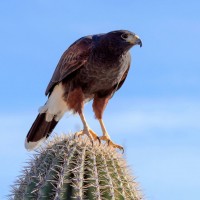 Arizona: Raptor Round-UpMarch 12 - 16, 2026
Arizona: Raptor Round-UpMarch 12 - 16, 2026 -
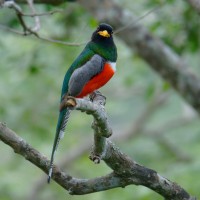 Arizona Monsoon Madness: Birding & Nature in a Season of Wonder!August 23 - 30, 2026
Arizona Monsoon Madness: Birding & Nature in a Season of Wonder!August 23 - 30, 2026
-
-
Sharon Goldwasser

Sharon became an avid birder and naturalist while a student at UC-Santa Cruz. After working as a field biologist for several years, she moved to Tucson for graduate school in ecology where she studied song mimicry by Lesser Goldfinches. In 1987, she rerouted her career into education, bringing her love of science to thousands of middle school students. Since retiring from the classroom in 2020, she has renewed her birding passion and is excited to share knowledge of birds and ecology with tour participants.
Other trips with Sharon Goldwasser
-
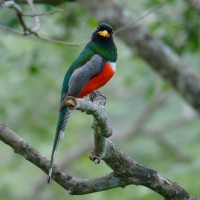 Arizona Monsoon Madness: Birding & Nature in a Season of Wonder! CLOSED - See our fall departures!August 10 - 17, 2025
Arizona Monsoon Madness: Birding & Nature in a Season of Wonder! CLOSED - See our fall departures!August 10 - 17, 2025 -
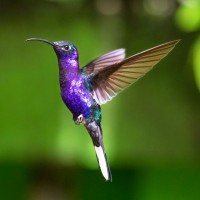 Costa Rica's Caribbean SideOctober 8 - 18, 2025
Costa Rica's Caribbean SideOctober 8 - 18, 2025 -
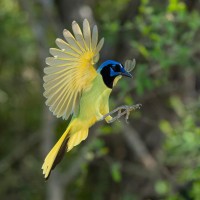 South Texas Birding & NatureJanuary 21 - 29, 2026
South Texas Birding & NatureJanuary 21 - 29, 2026 -
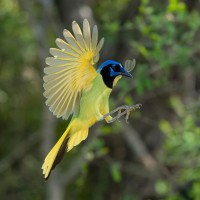 South Texas Birding & NatureMarch 11 - 19, 2026
South Texas Birding & NatureMarch 11 - 19, 2026 -
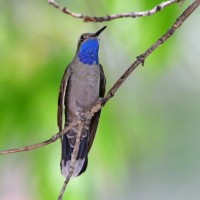 Southeast ArizonaMay 2 - 11, 2026
Southeast ArizonaMay 2 - 11, 2026 -
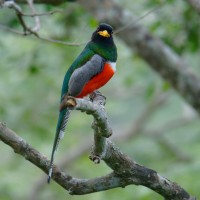 Arizona Monsoon Madness: Birding & Nature in a Season of Wonder!August 4 - 11, 2026
Arizona Monsoon Madness: Birding & Nature in a Season of Wonder!August 4 - 11, 2026
-
Essential Information +
Packing List +
Suggested Reading List +
Useful Links +
Photo credits: Banners: Tucson Mountain State Park Scenic (NJ Stock), Loggerhead Shrike (NJ Stock), Desert Flowers (NJ Stock), Tucson Scenic (Steve Wolfe), Acorn Woodpecker (Hugh Simmons) Thumbnails: Harris’ Hawk (Steve Wolfe), Broad-billed Hummingbird (NJ Stock), Albert’s Towhee (NJ Stock), Yellow-headed Blackbird (NJ Stock), Anna’s Hummingbird (NJ Stock), Crested Caracara (NJ Stock), Greater Roadrunner (NJ Stock), Gila Woodpecker (NJ Stock)







